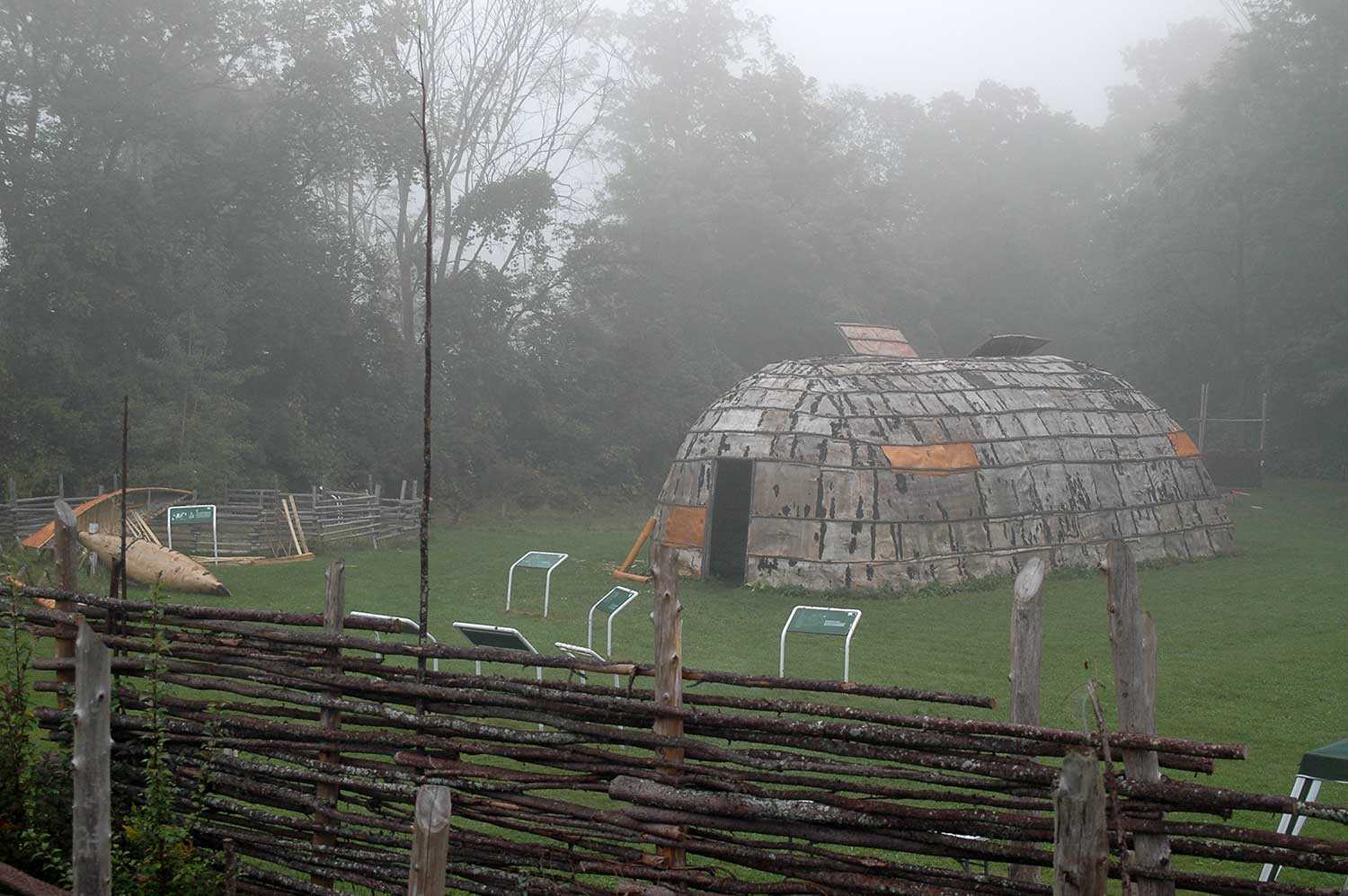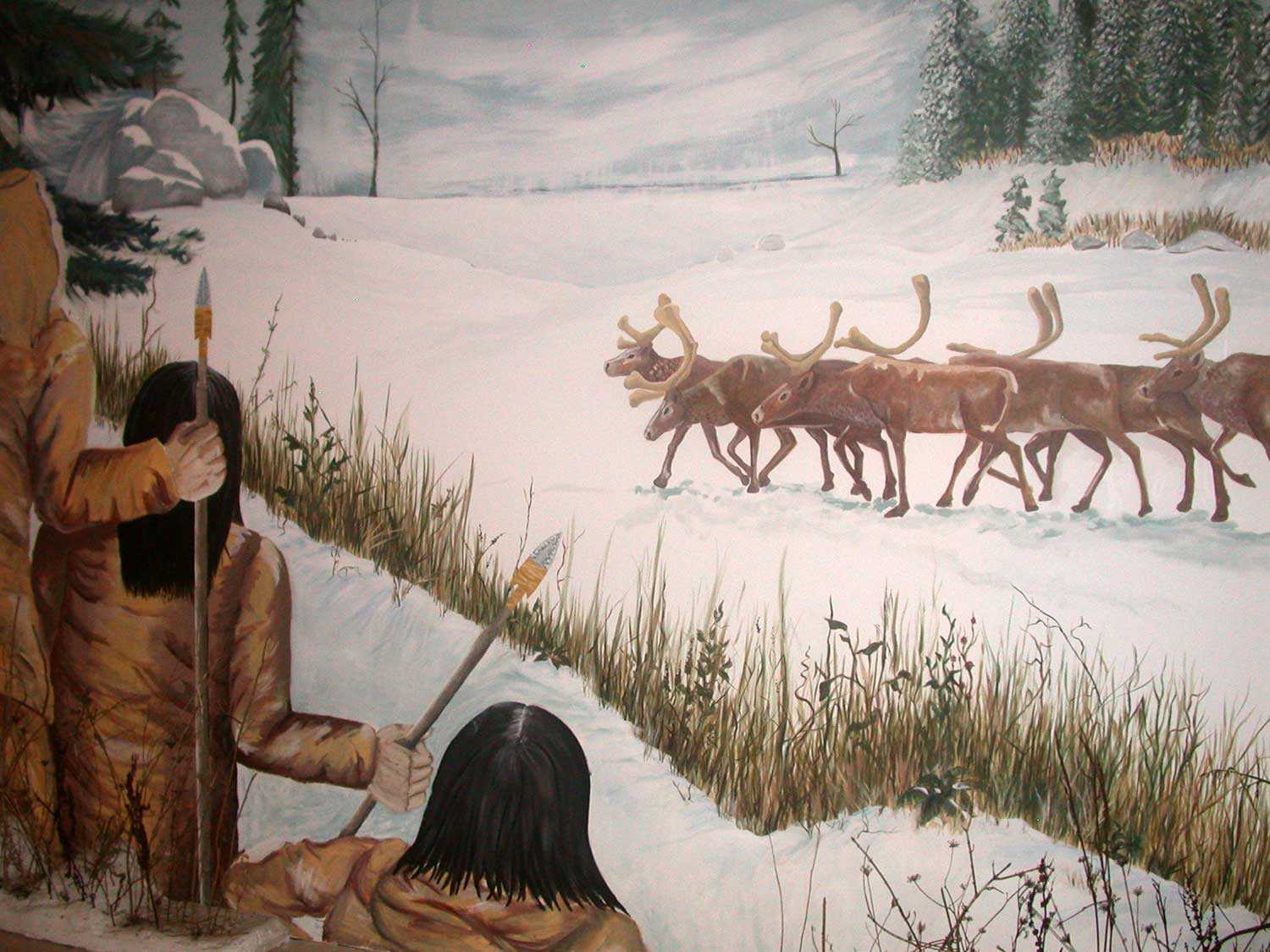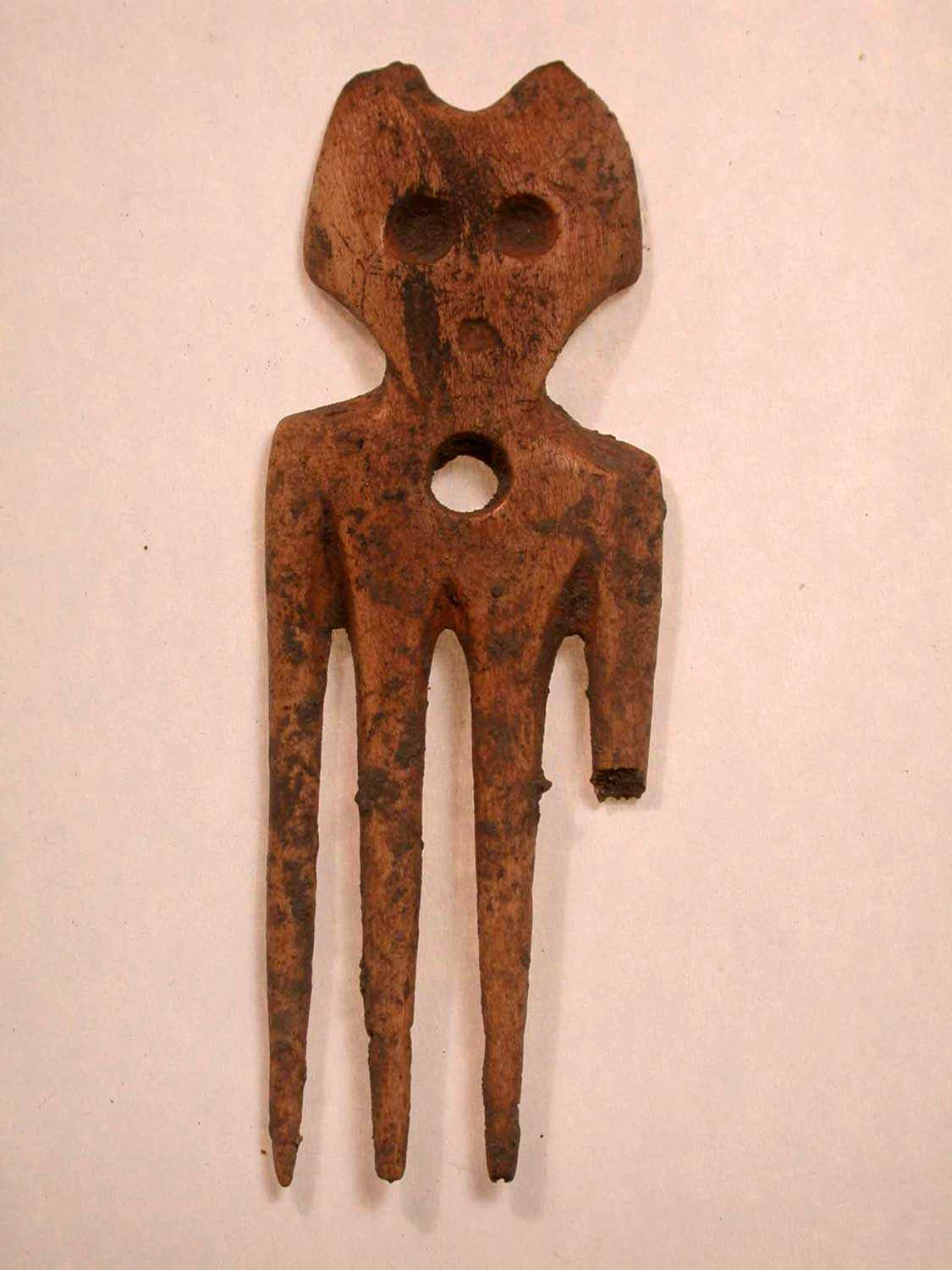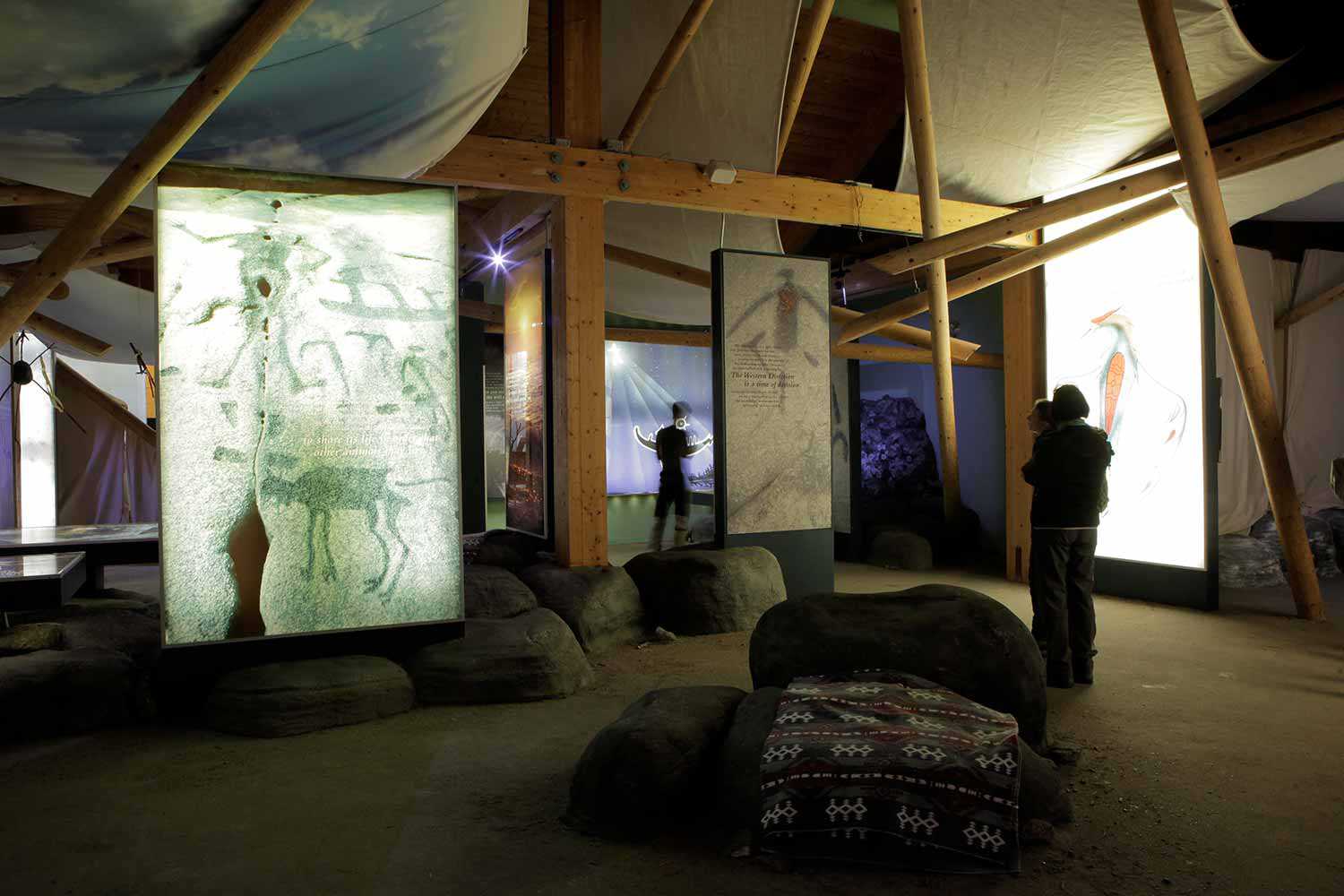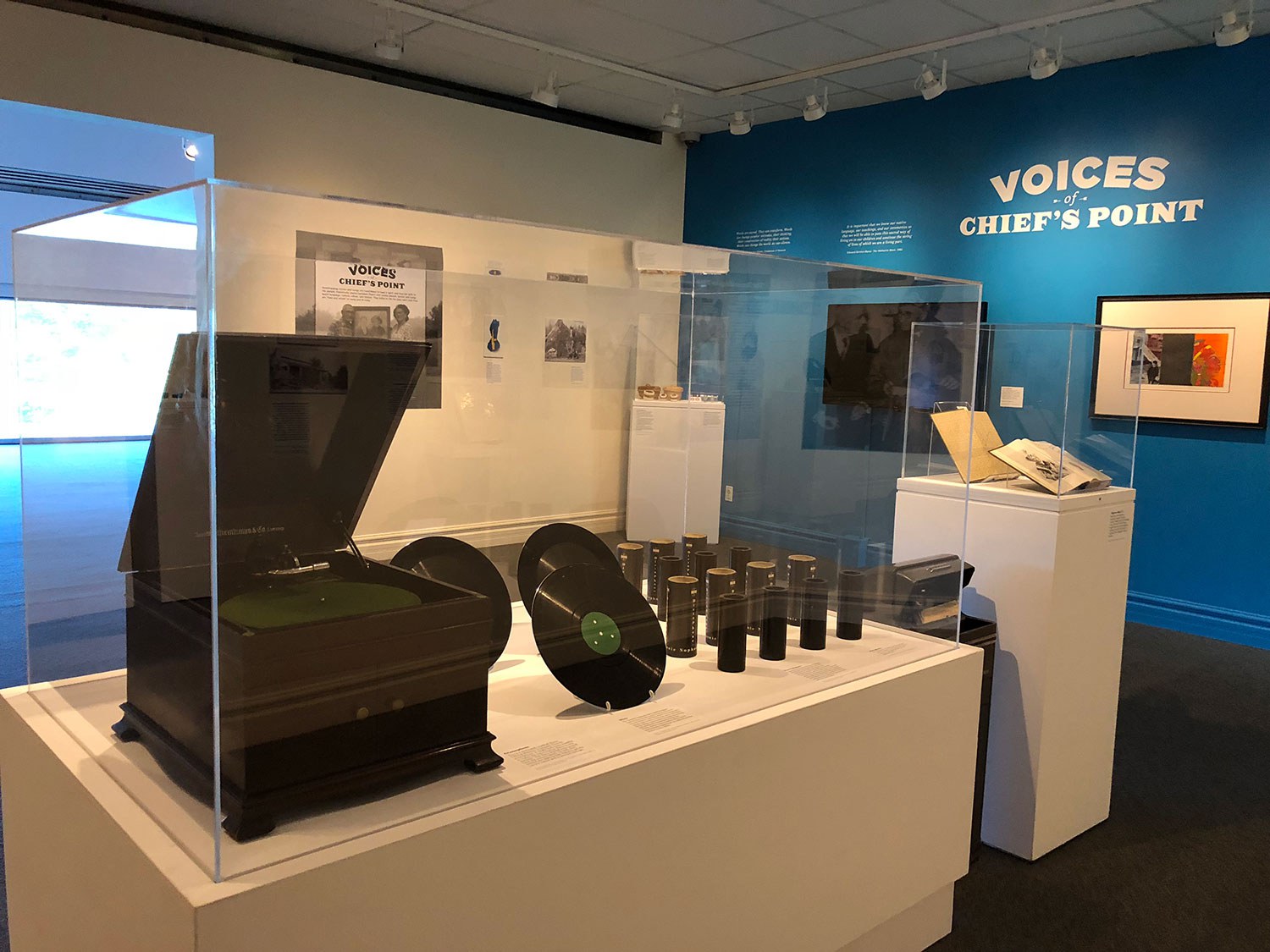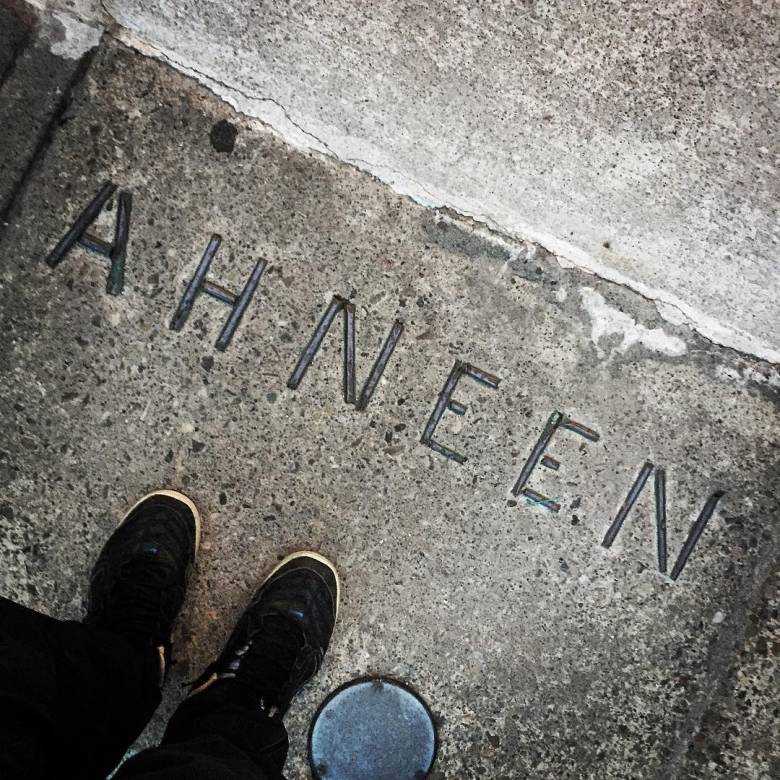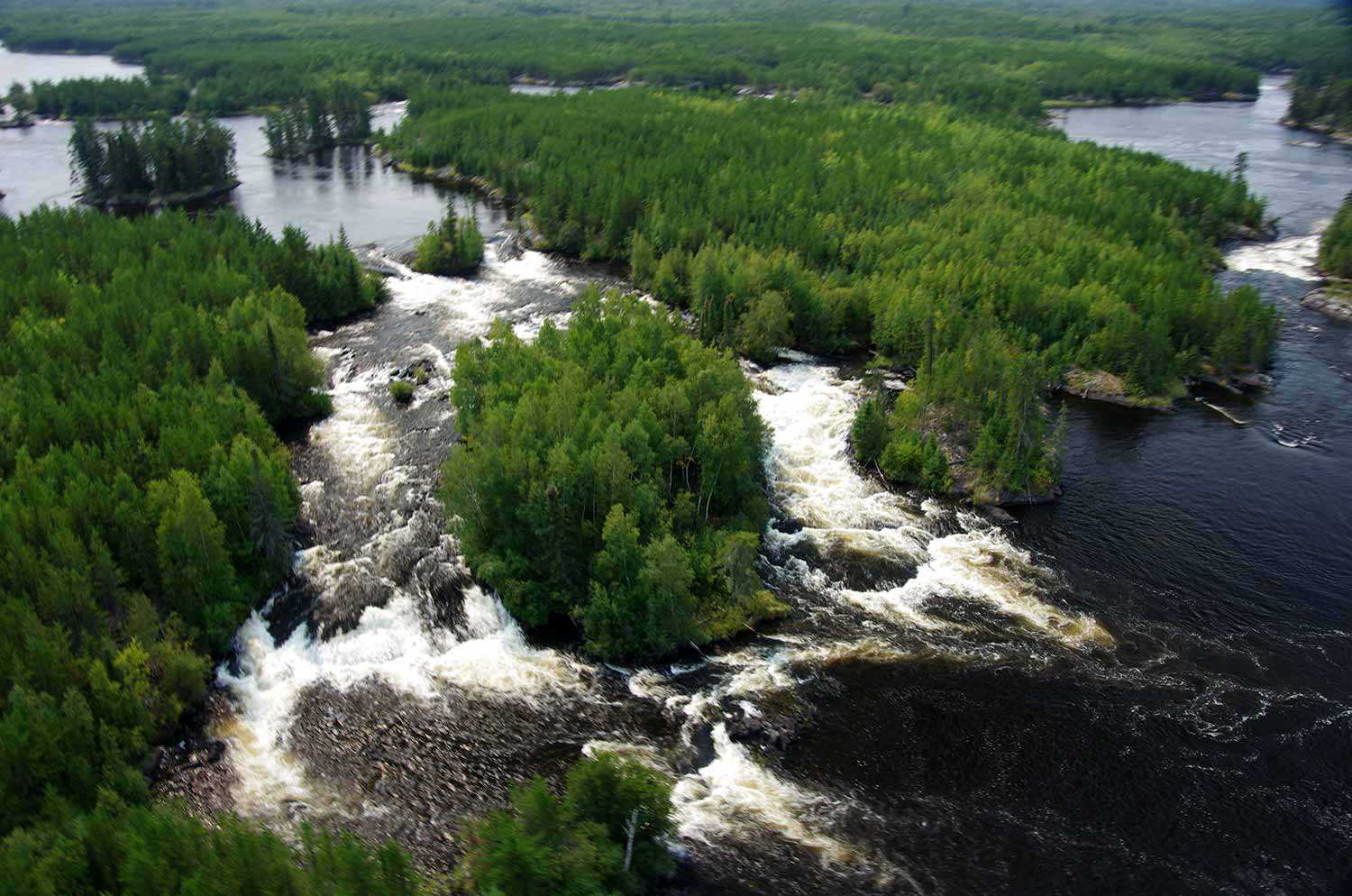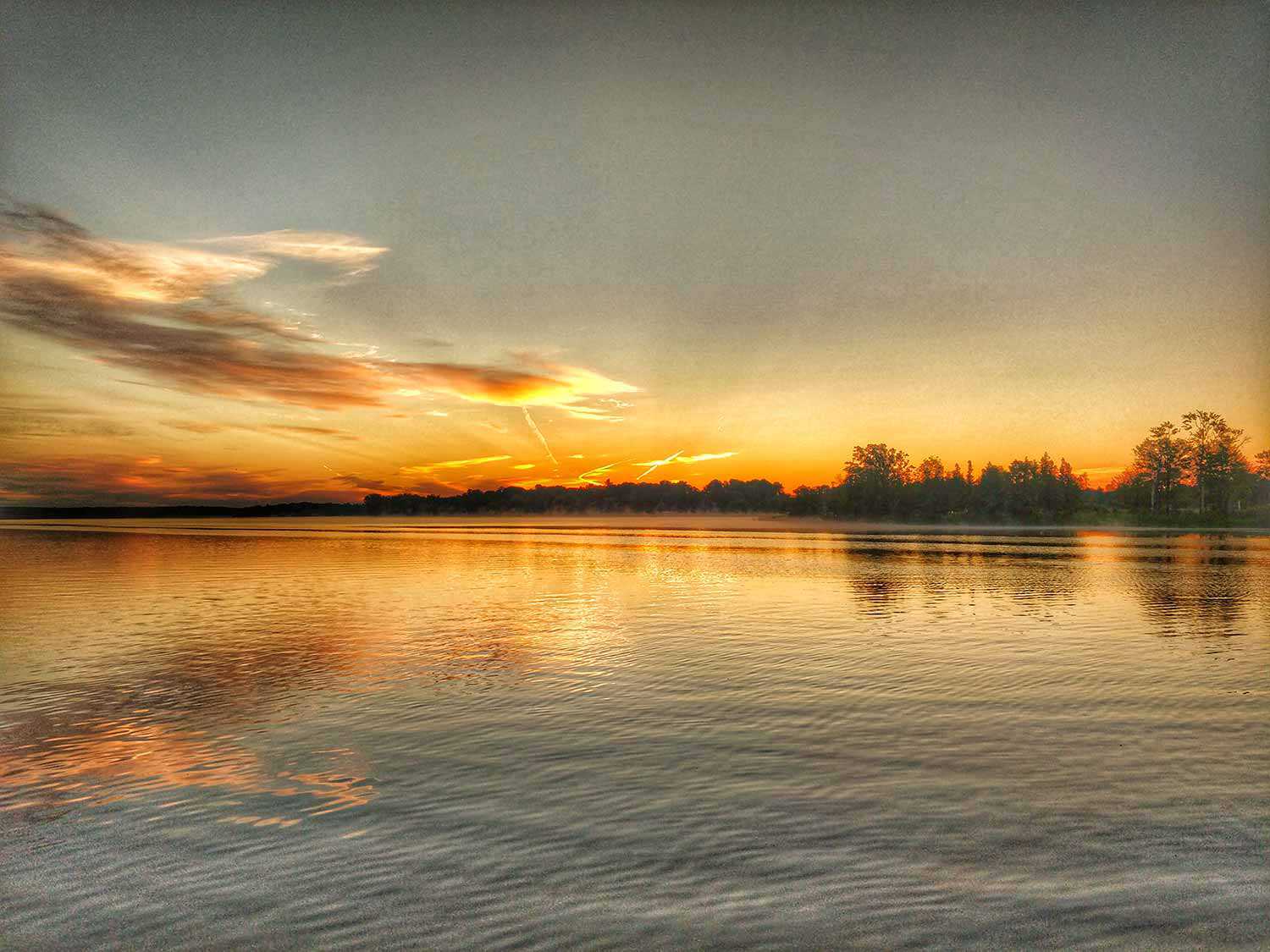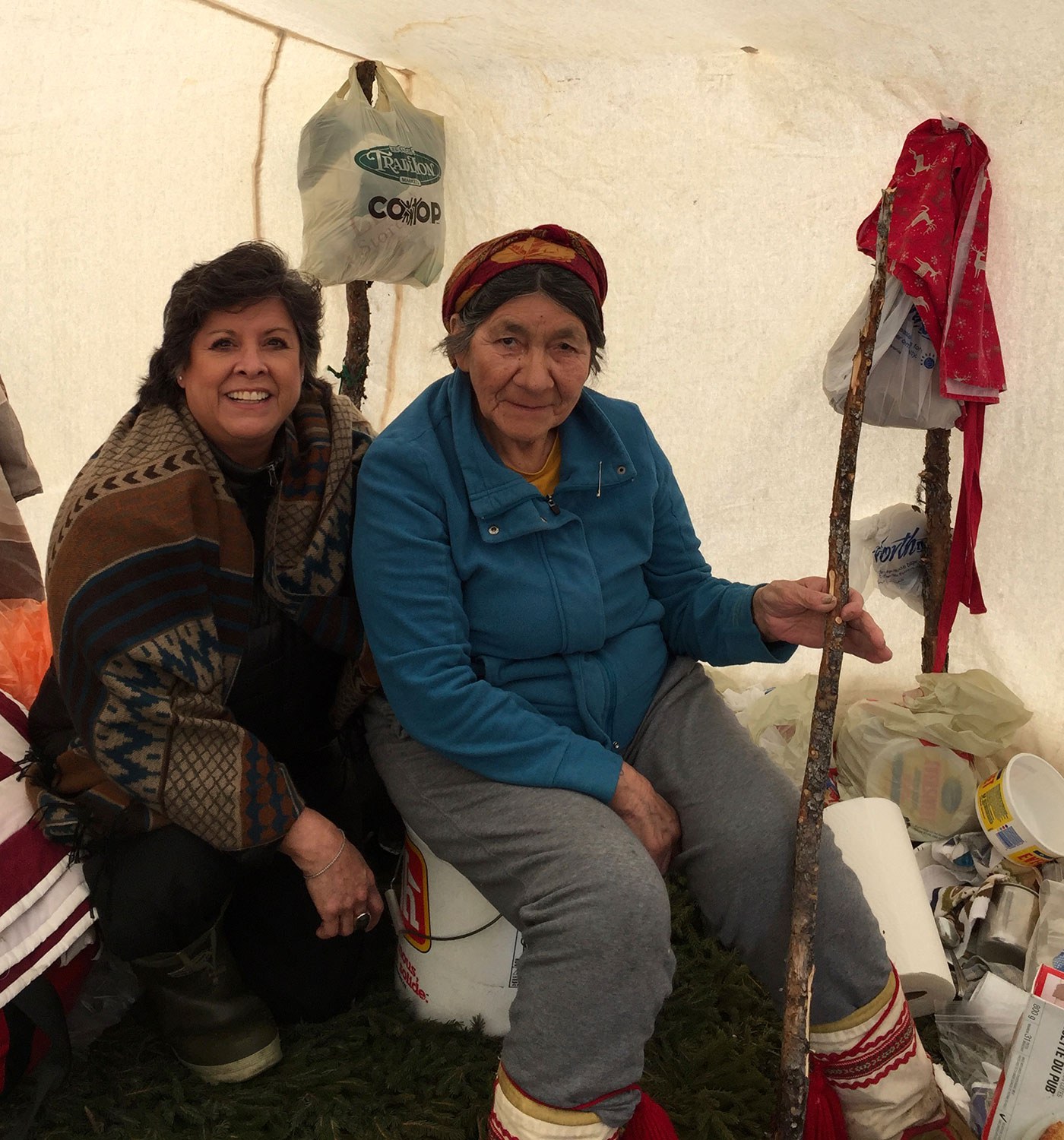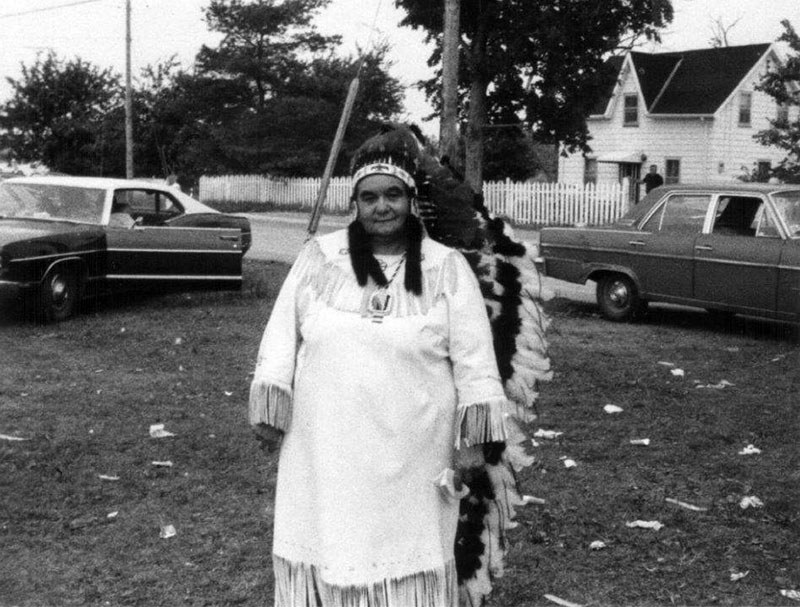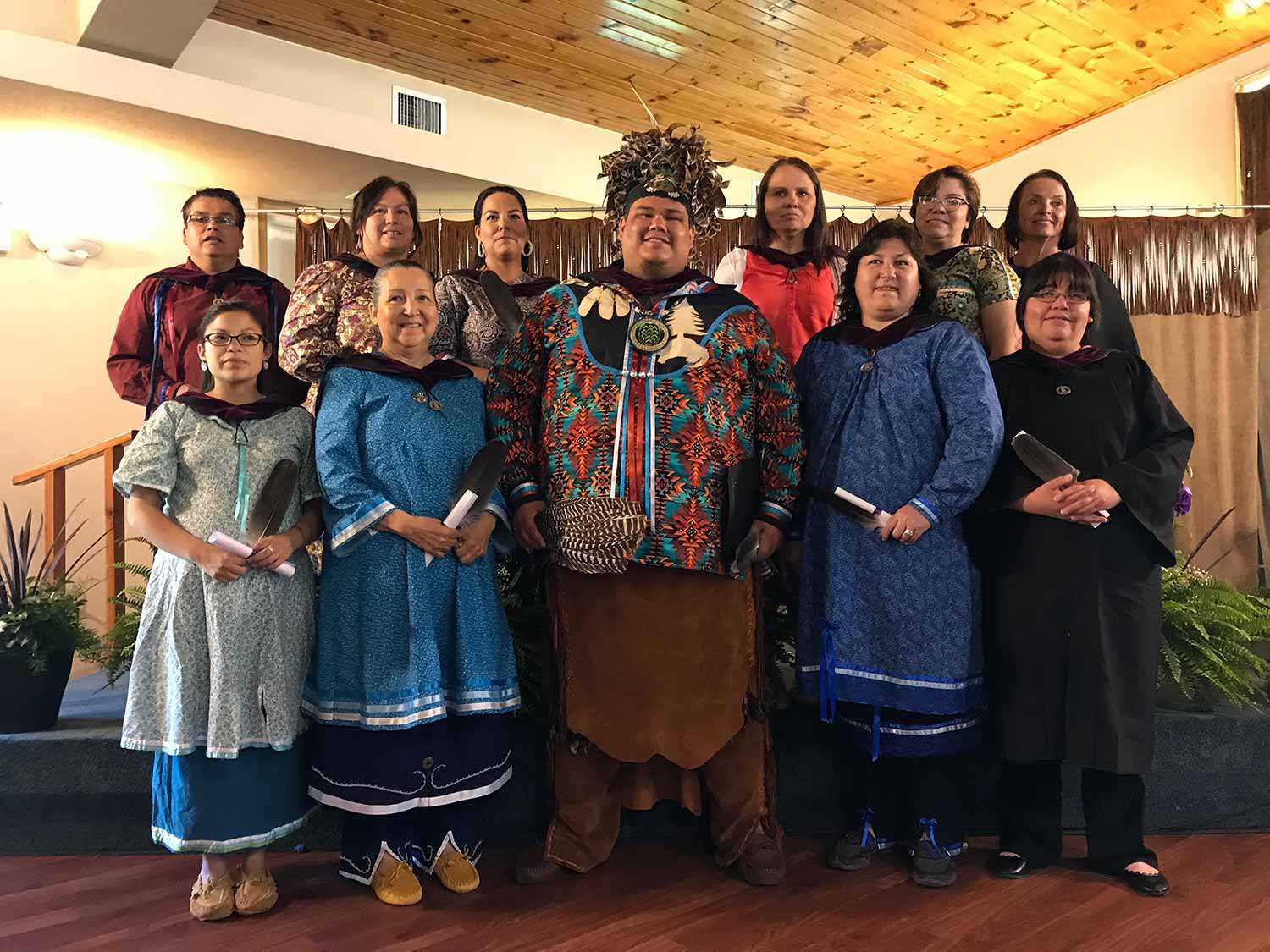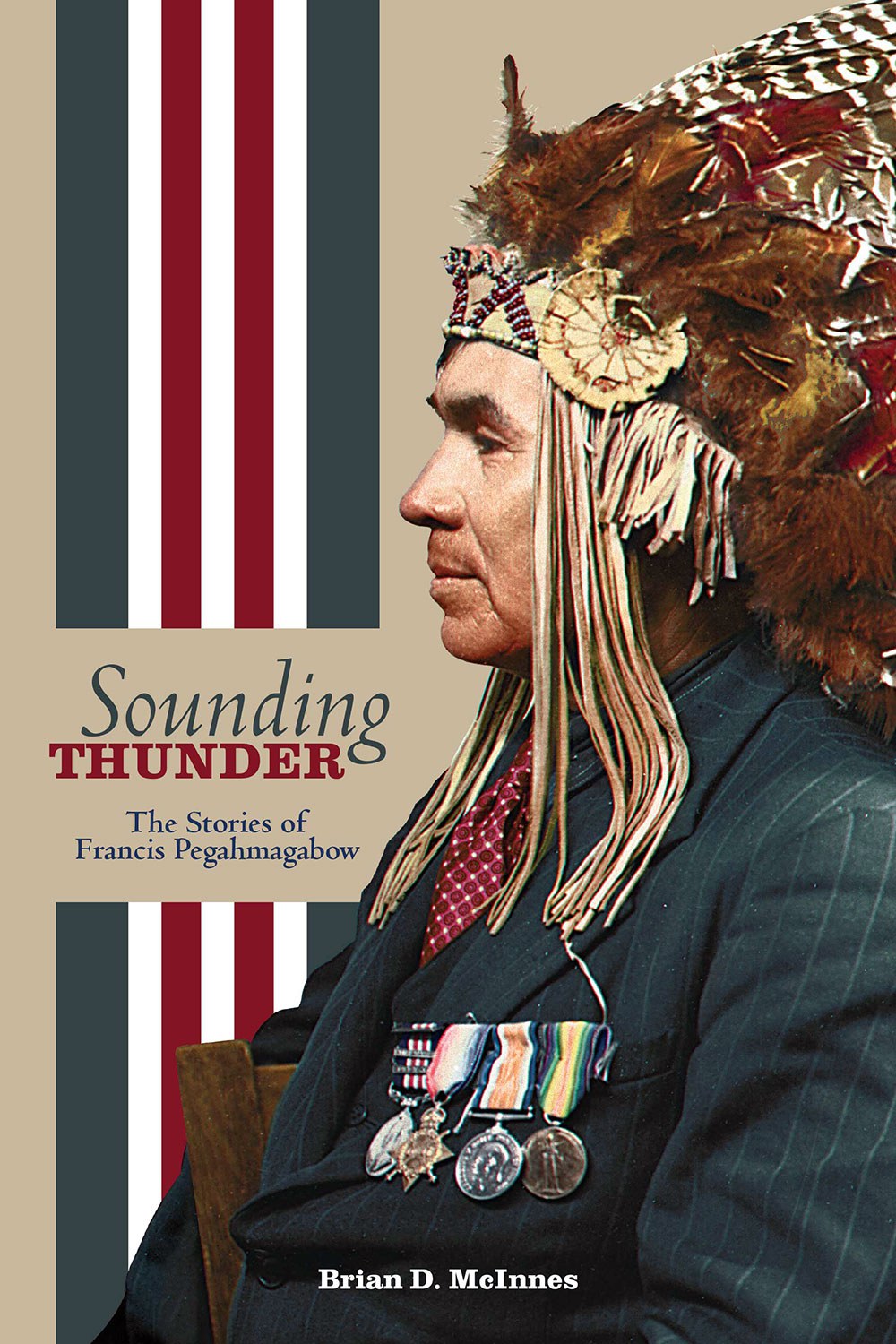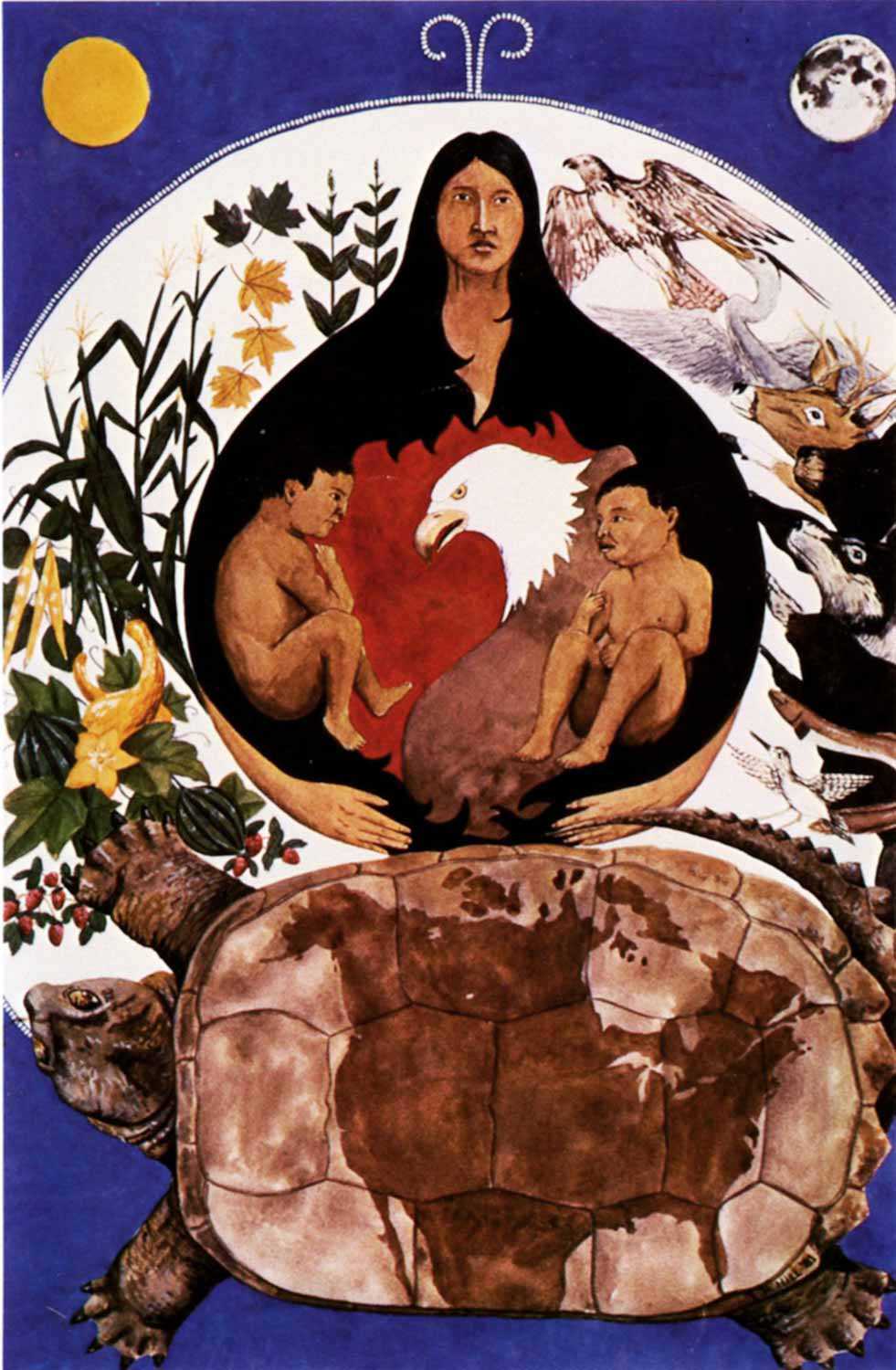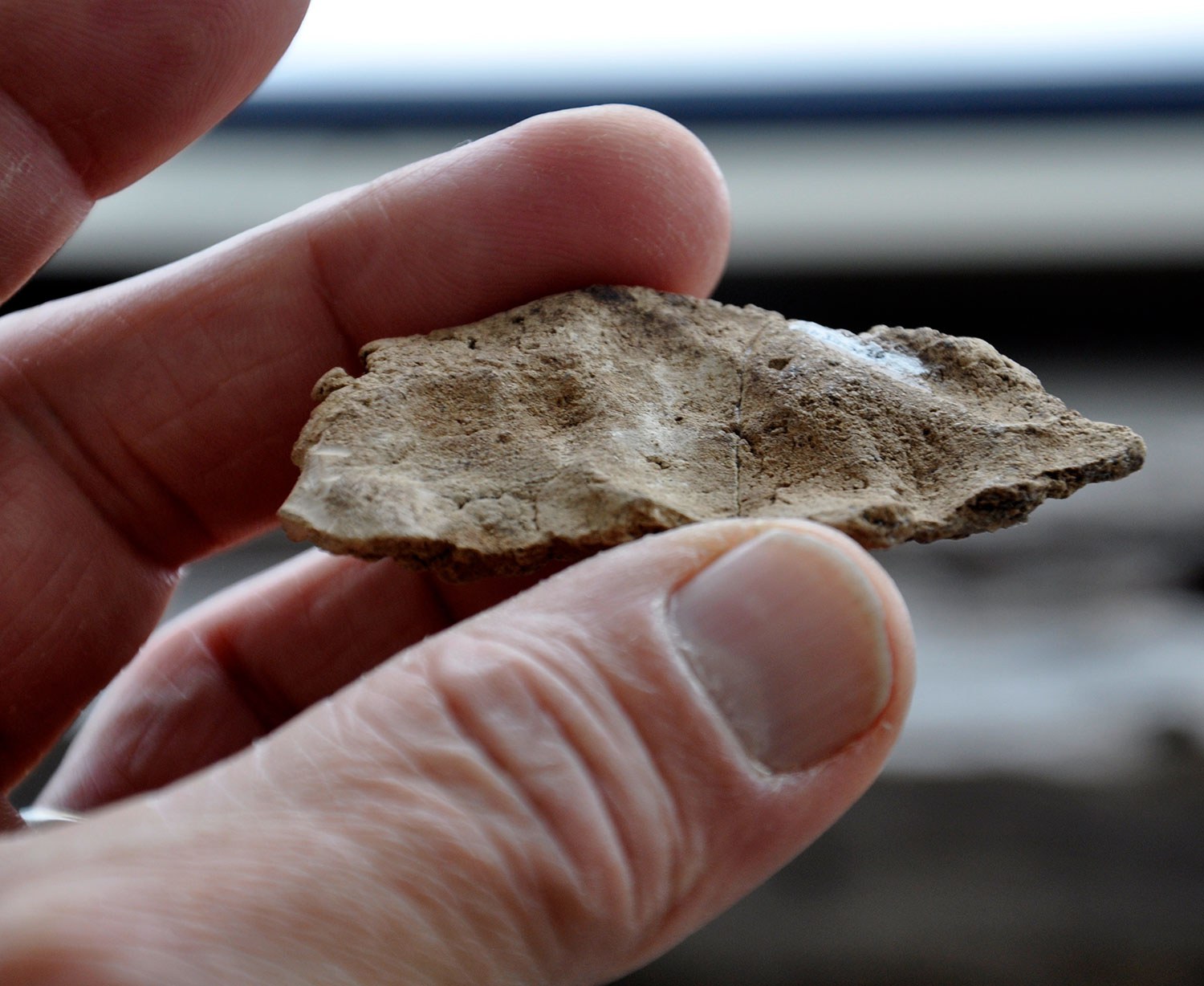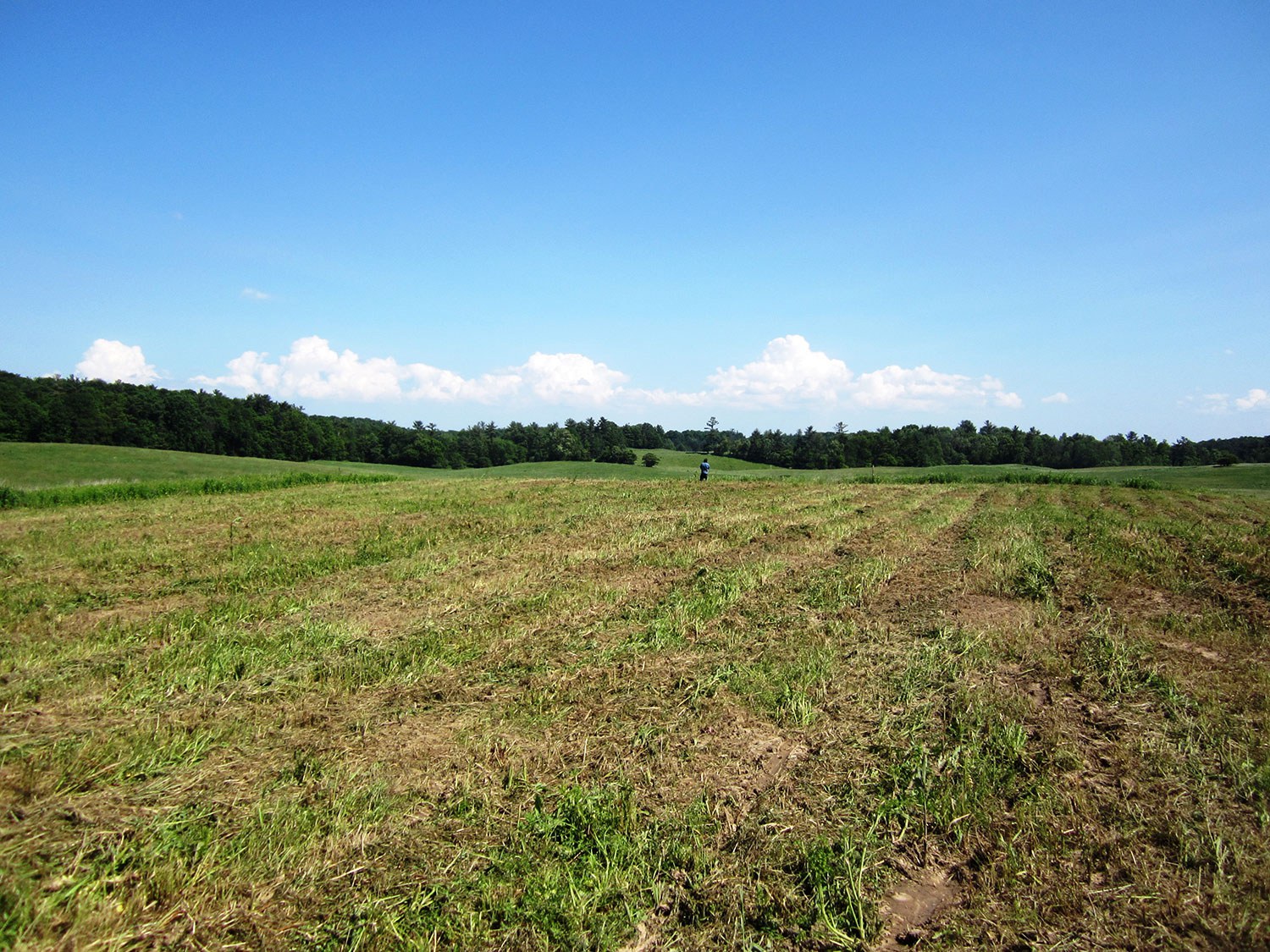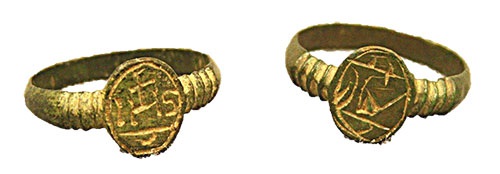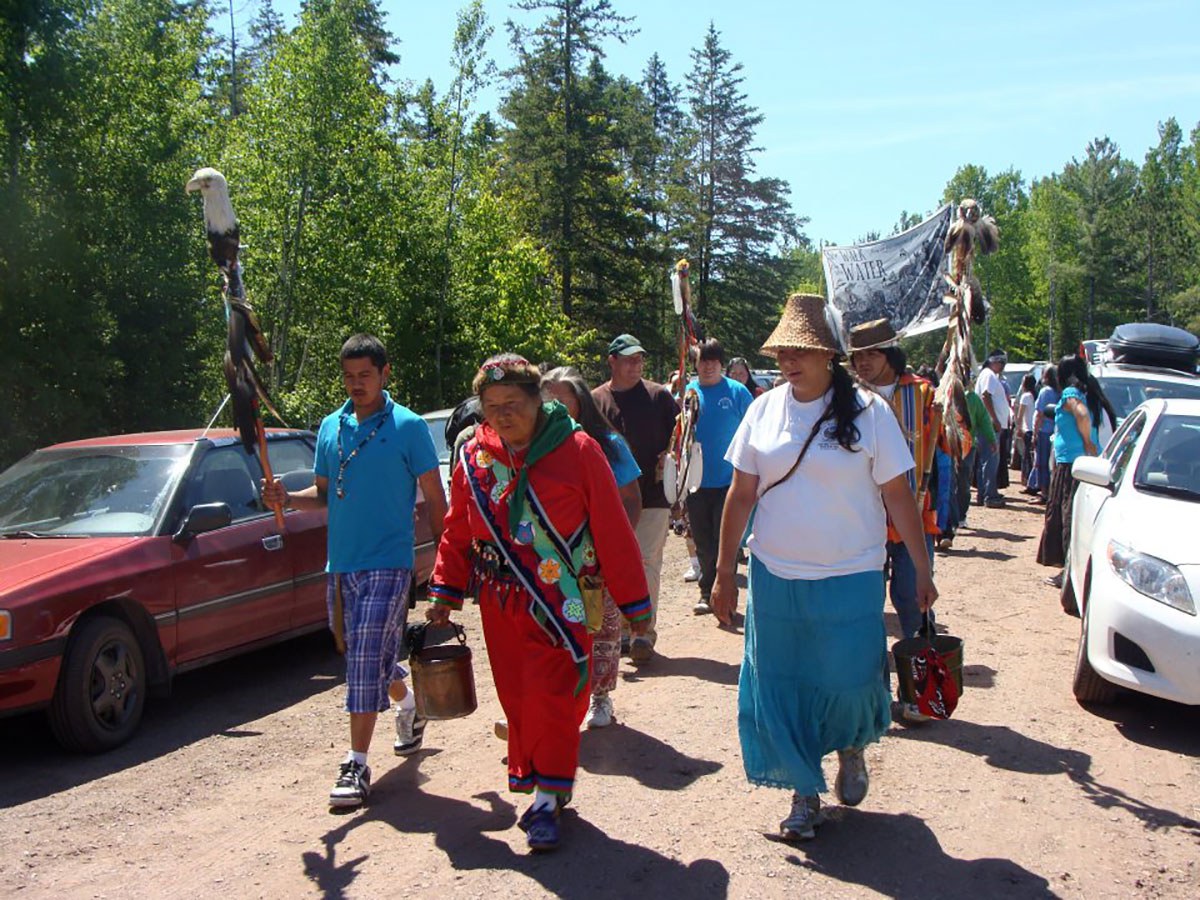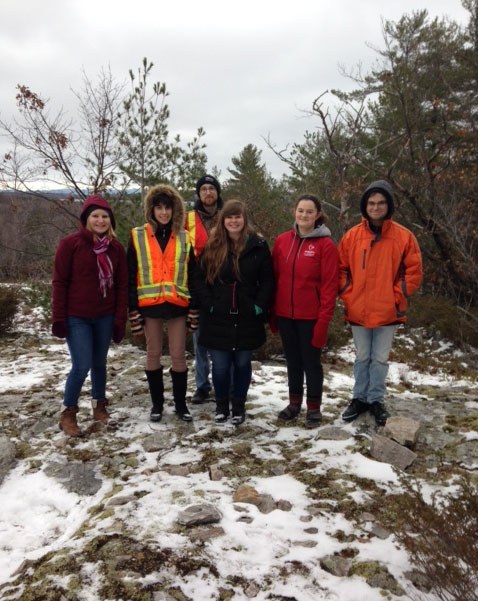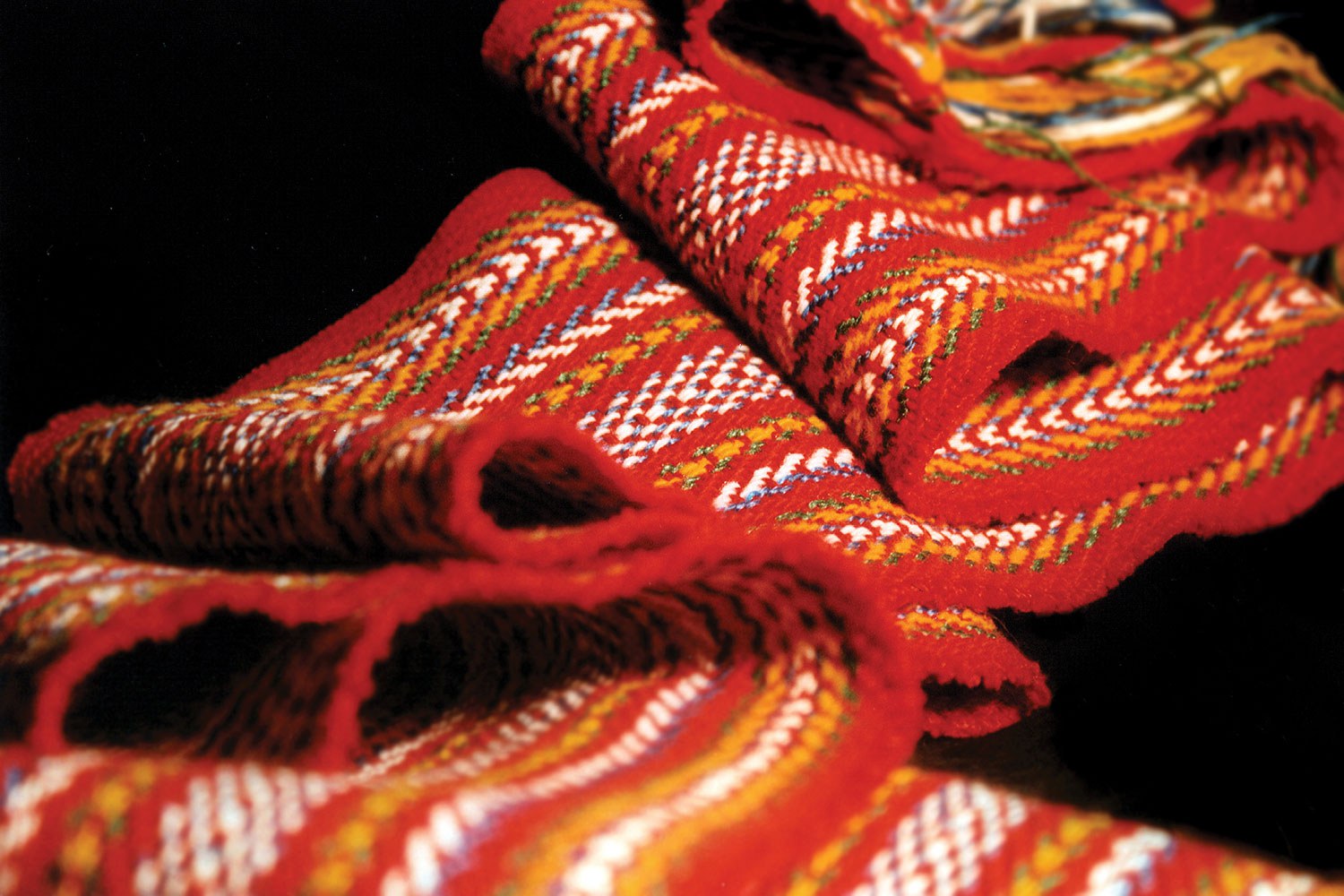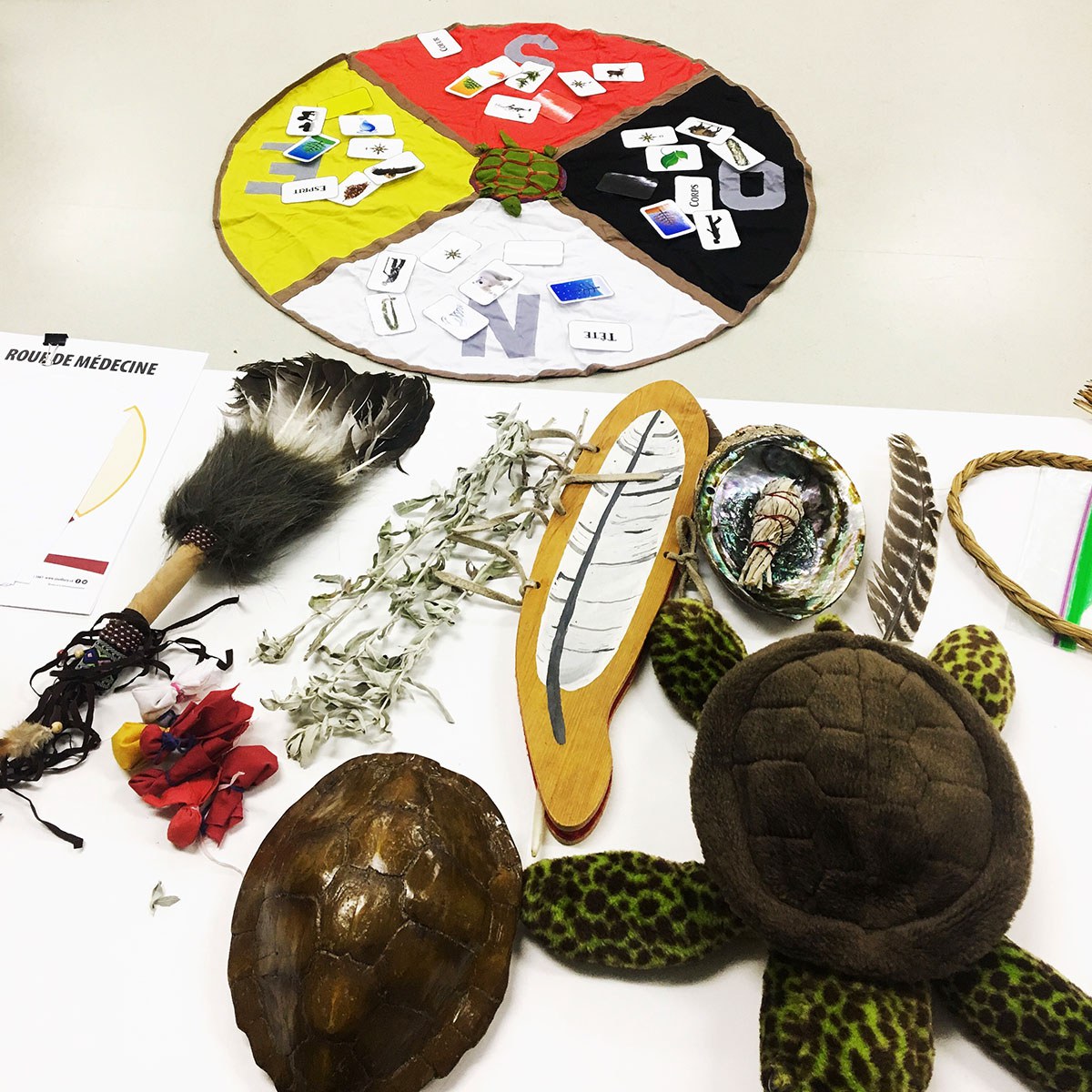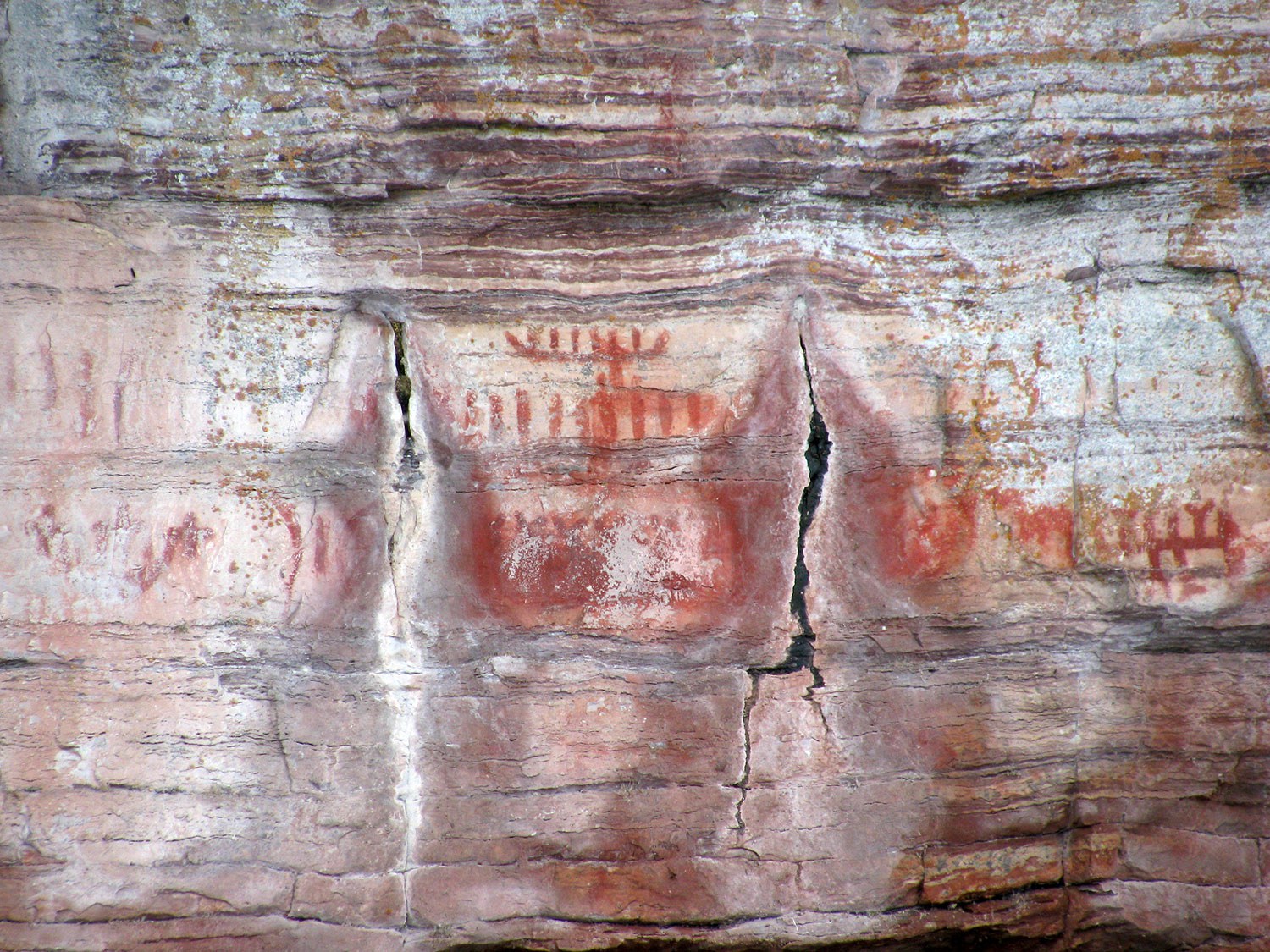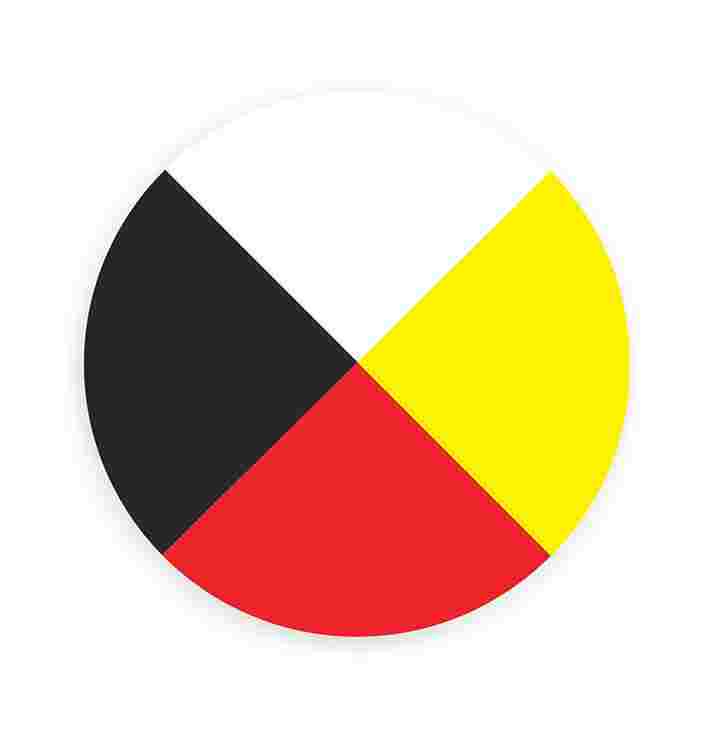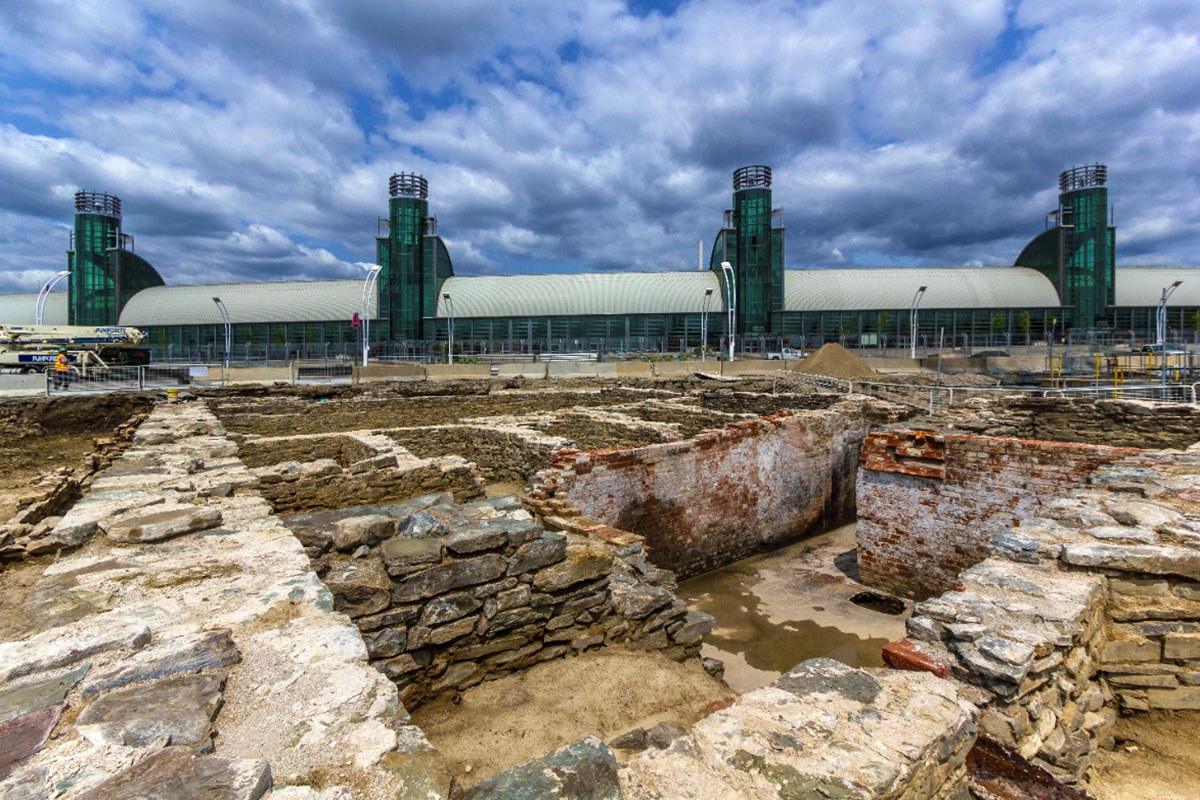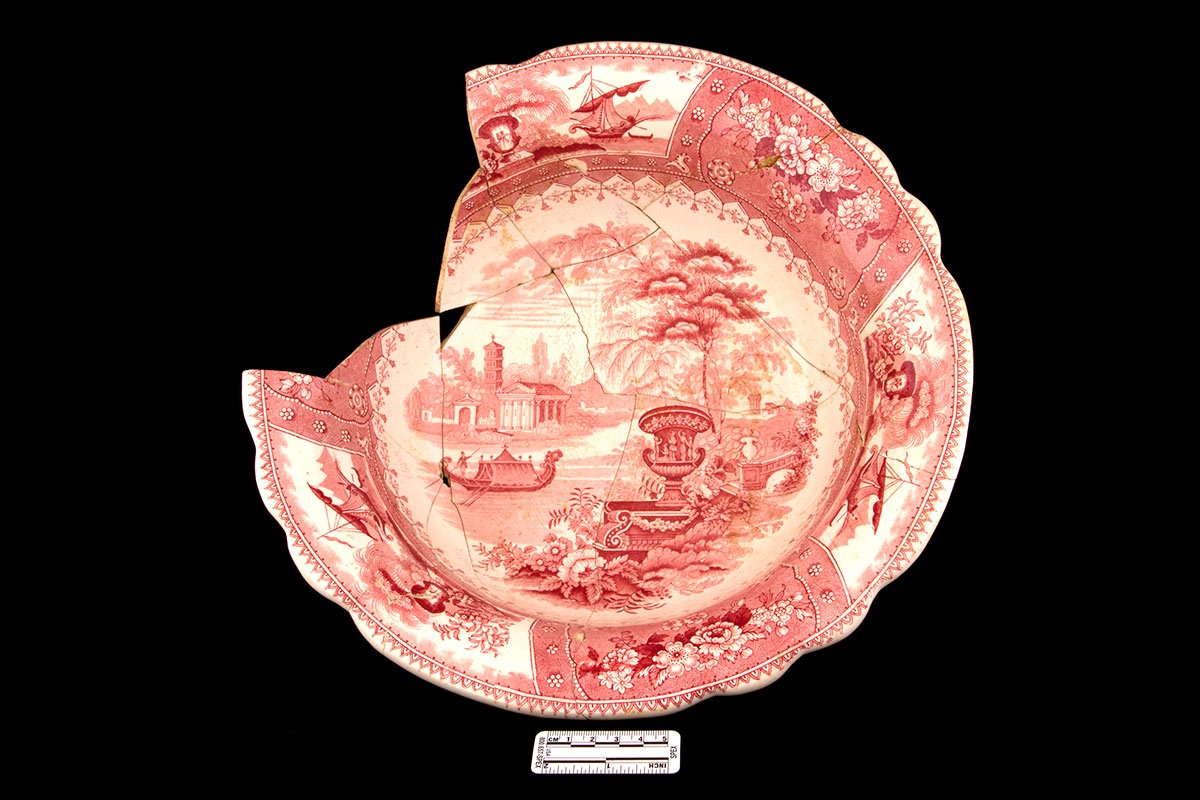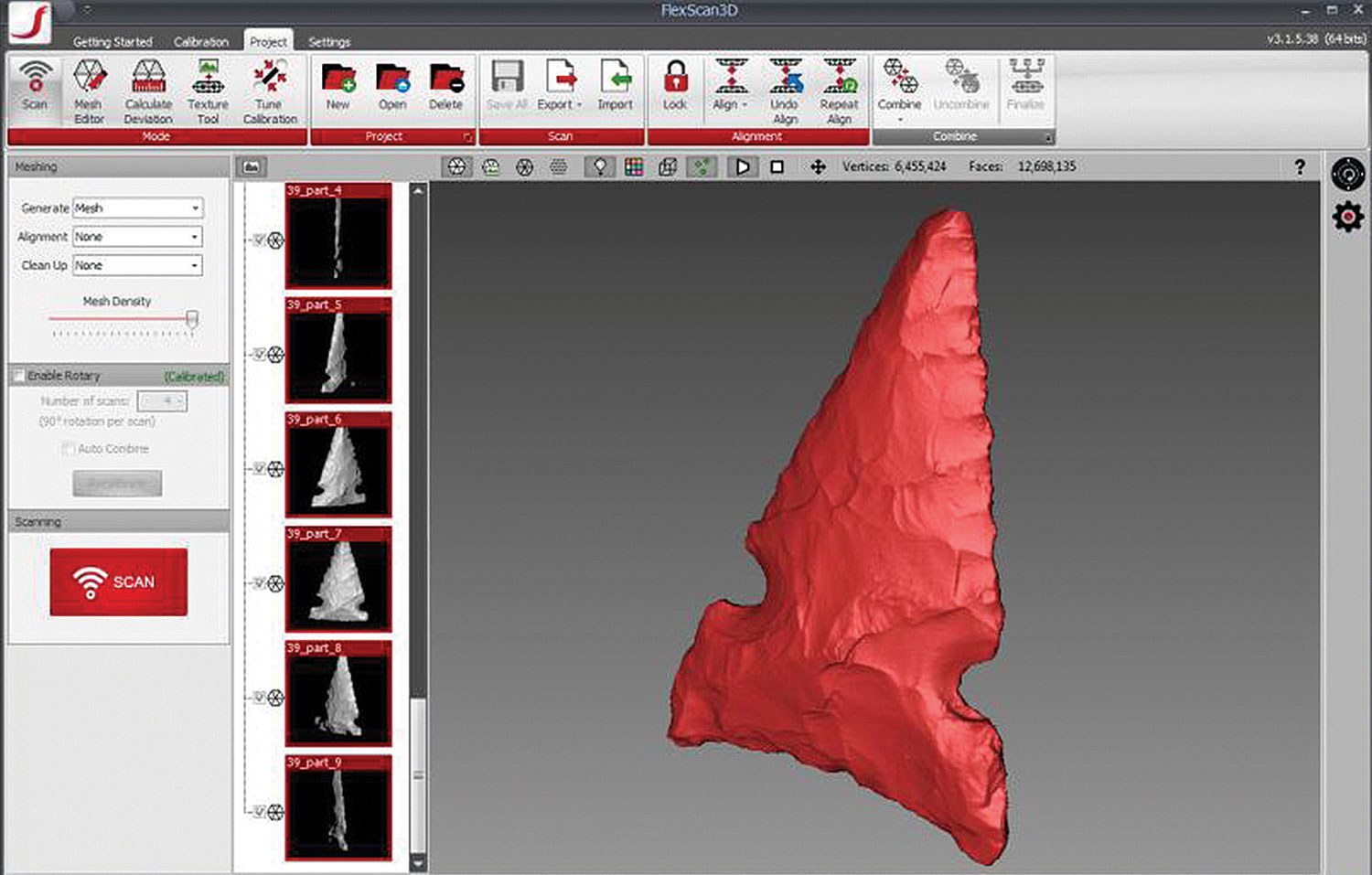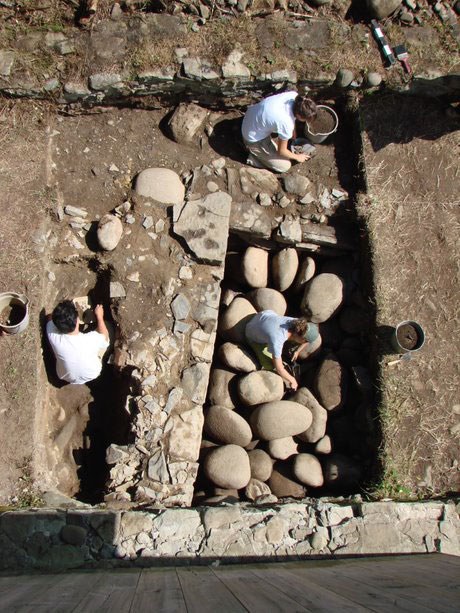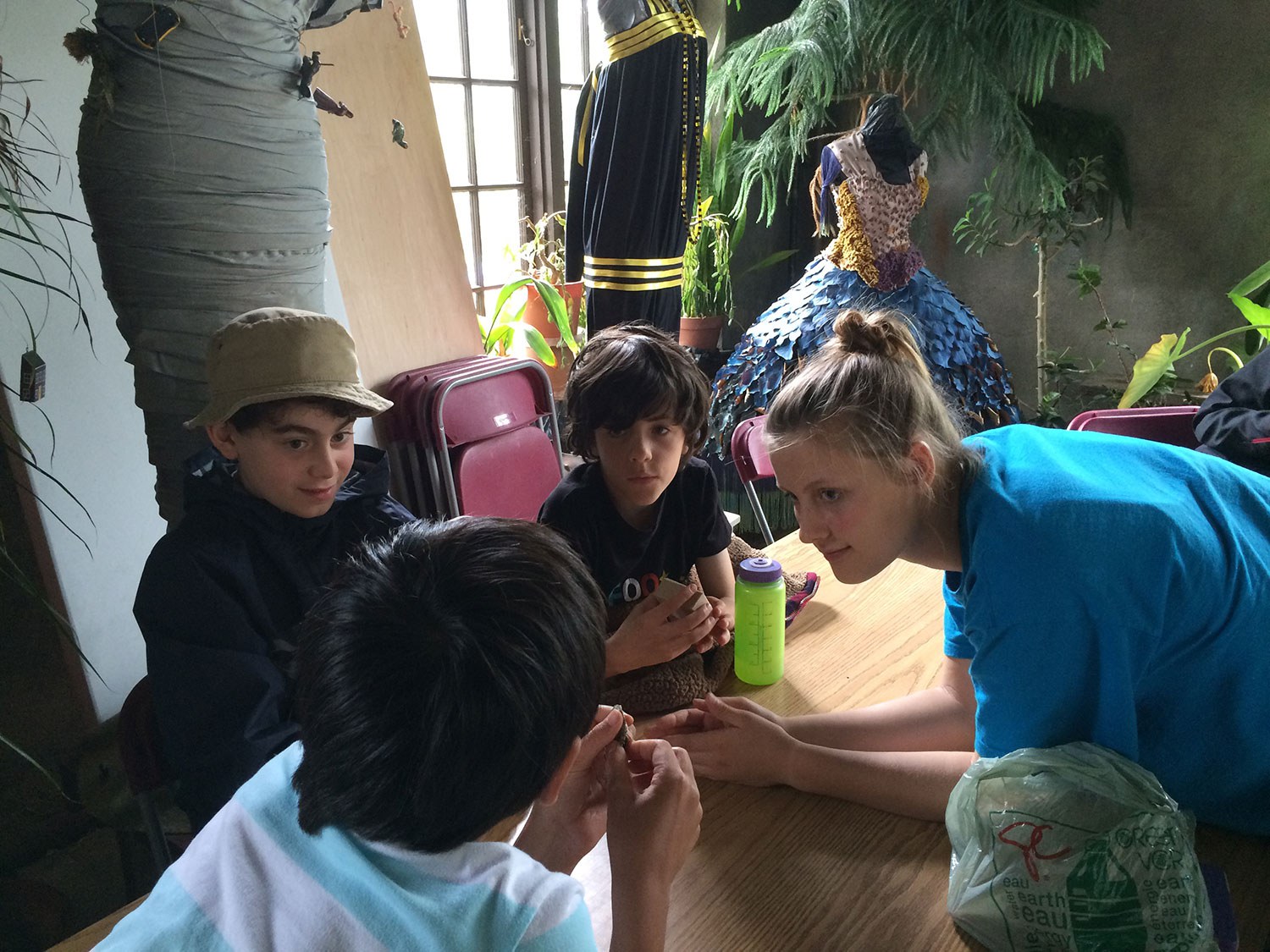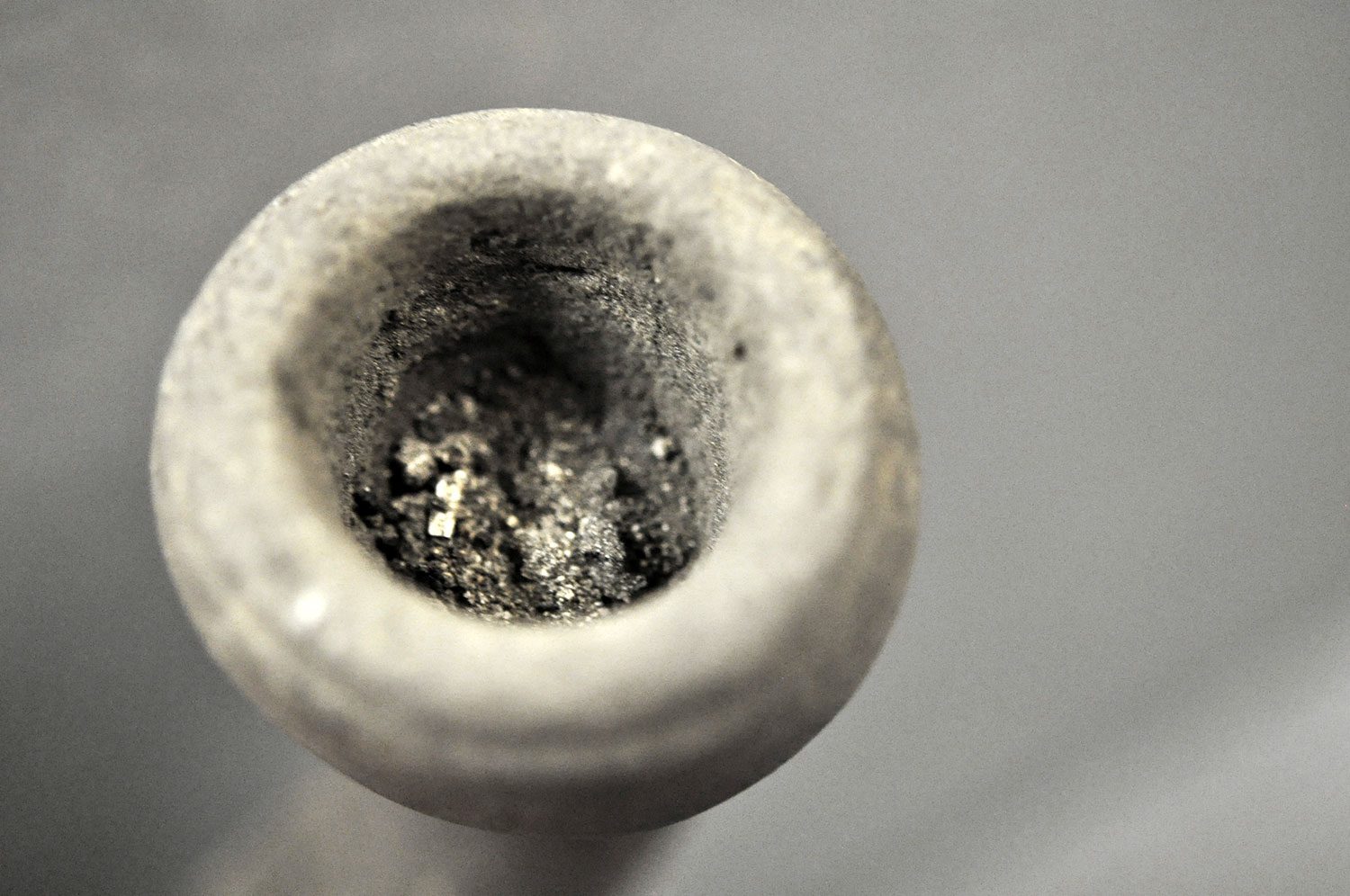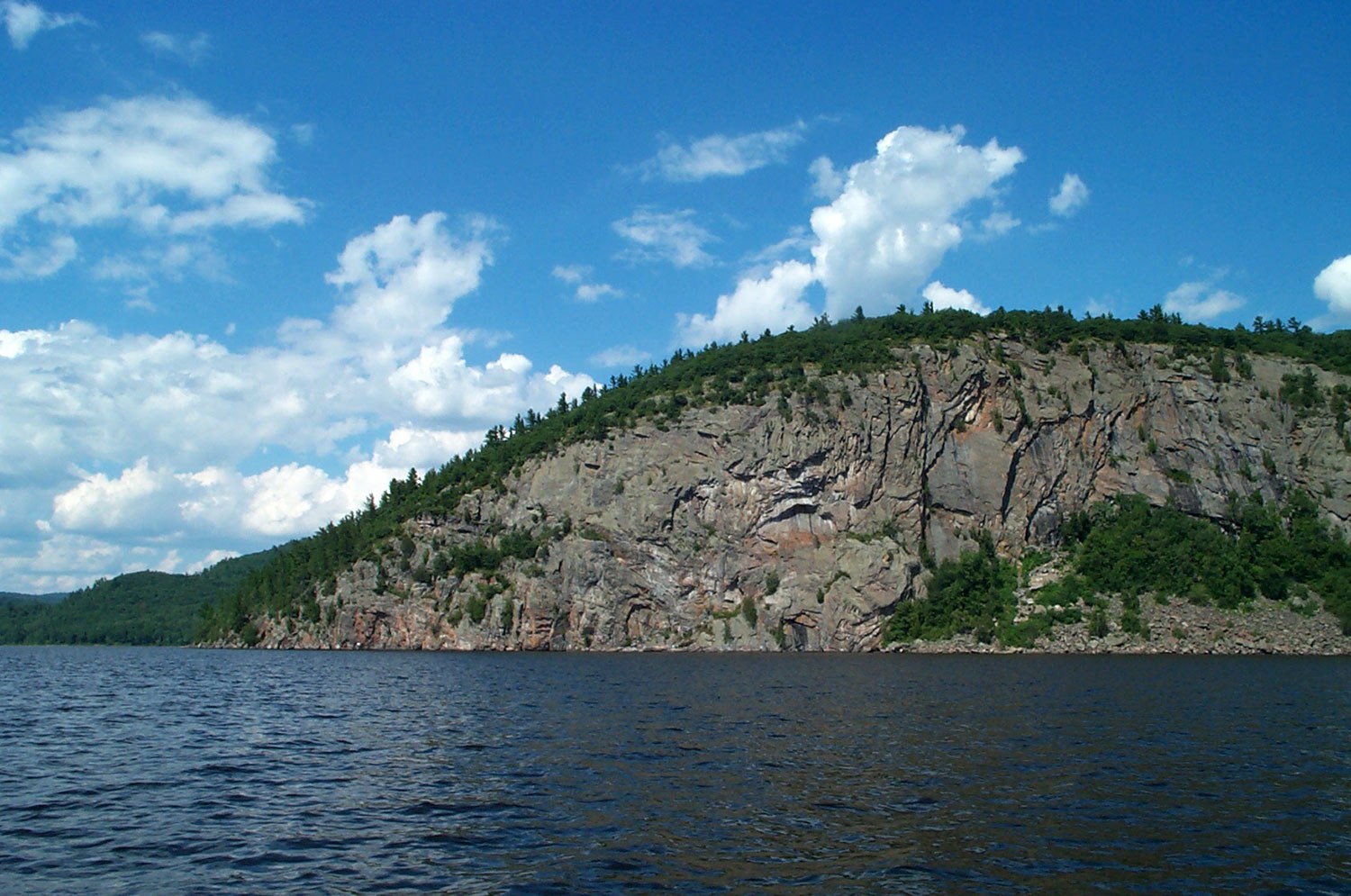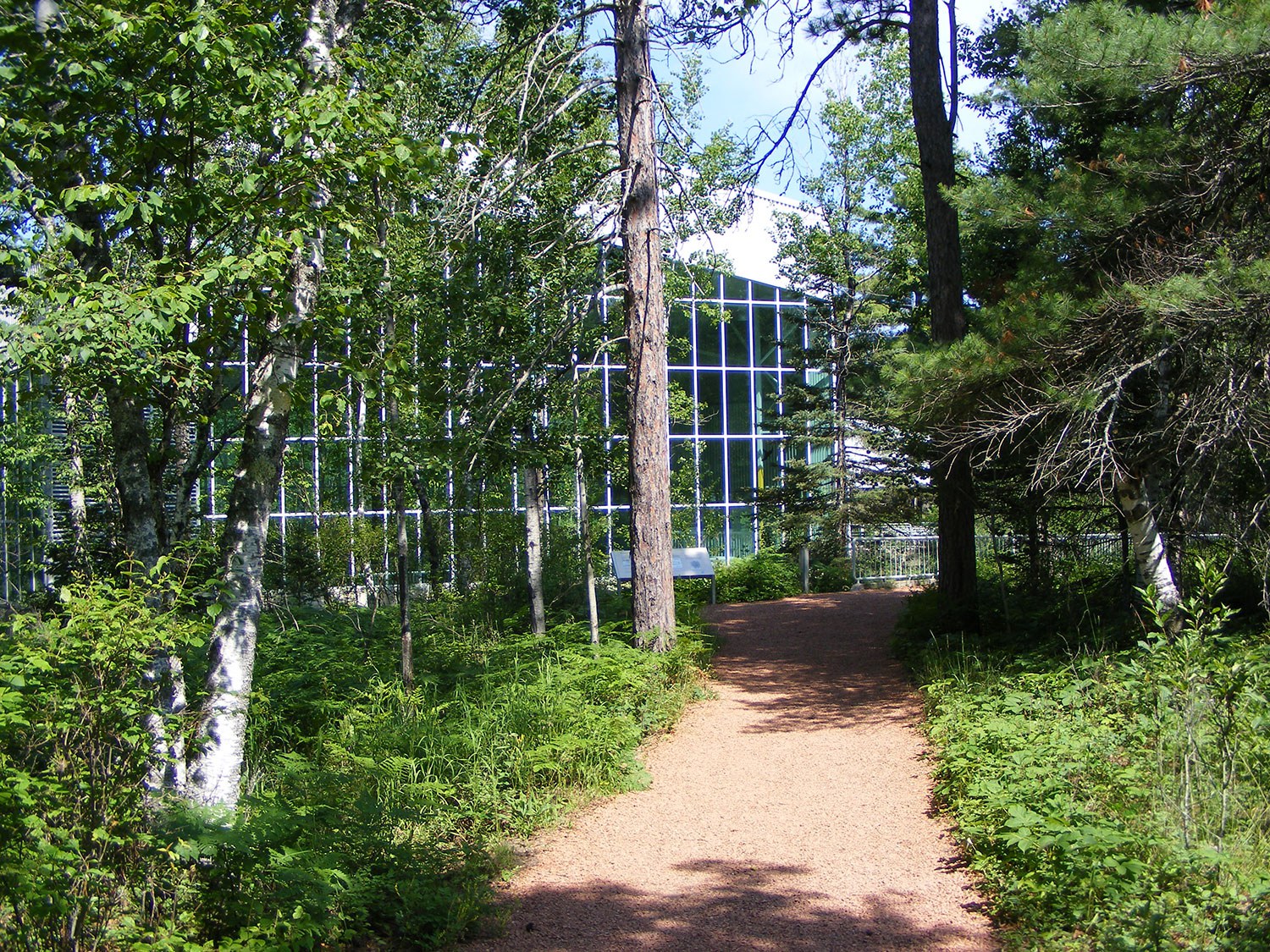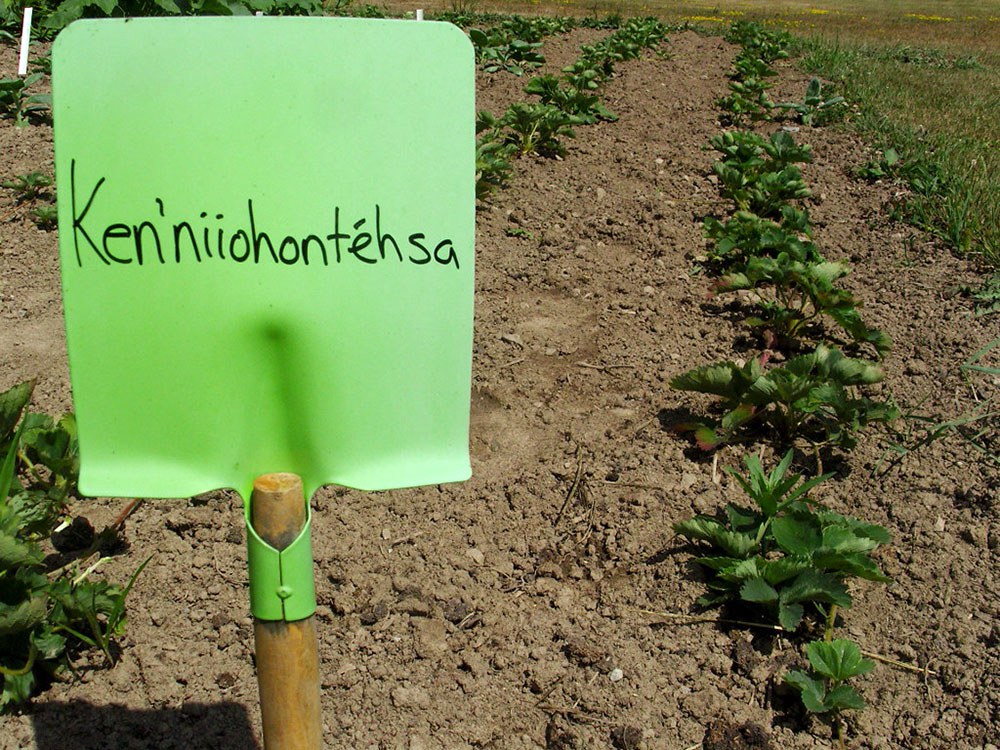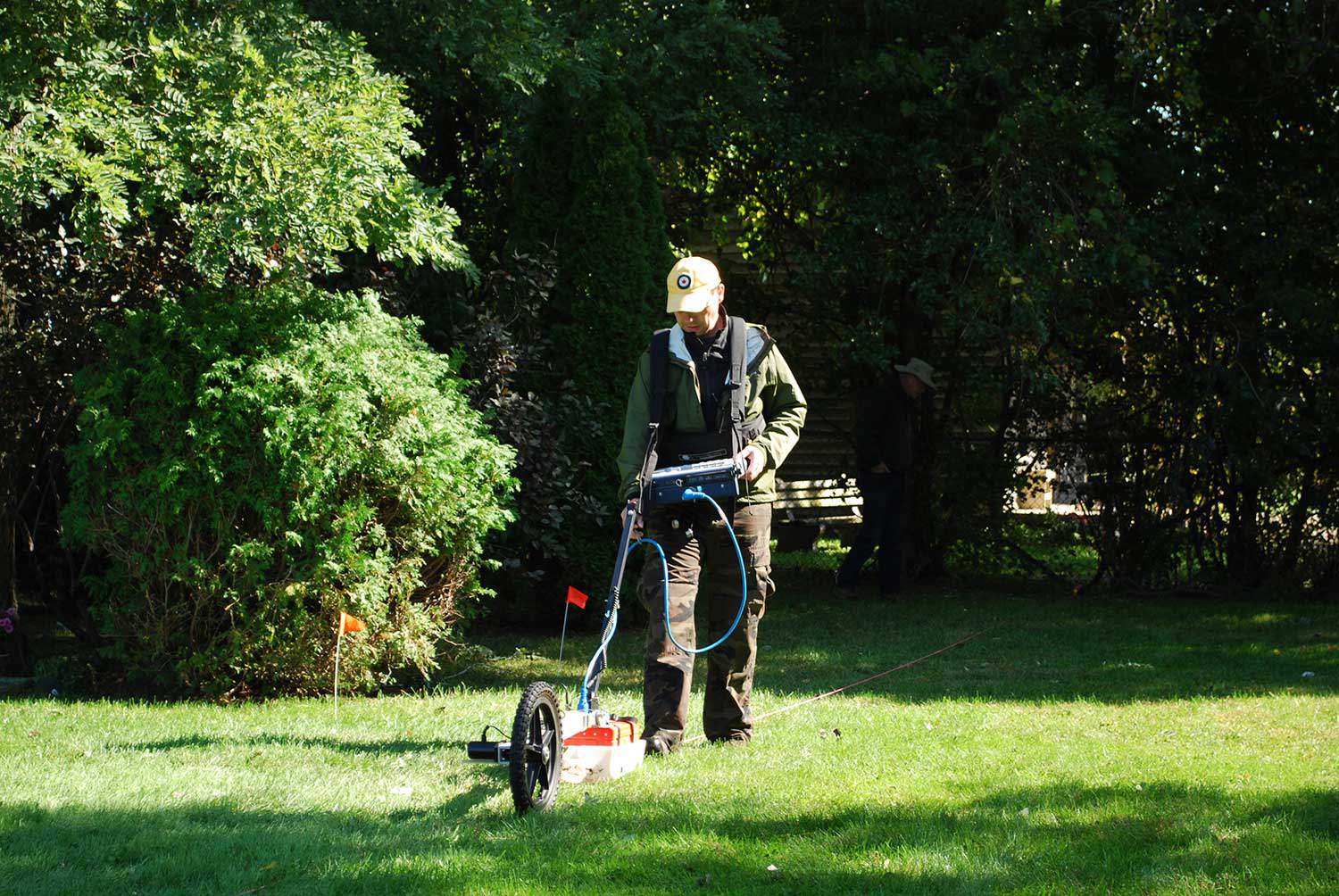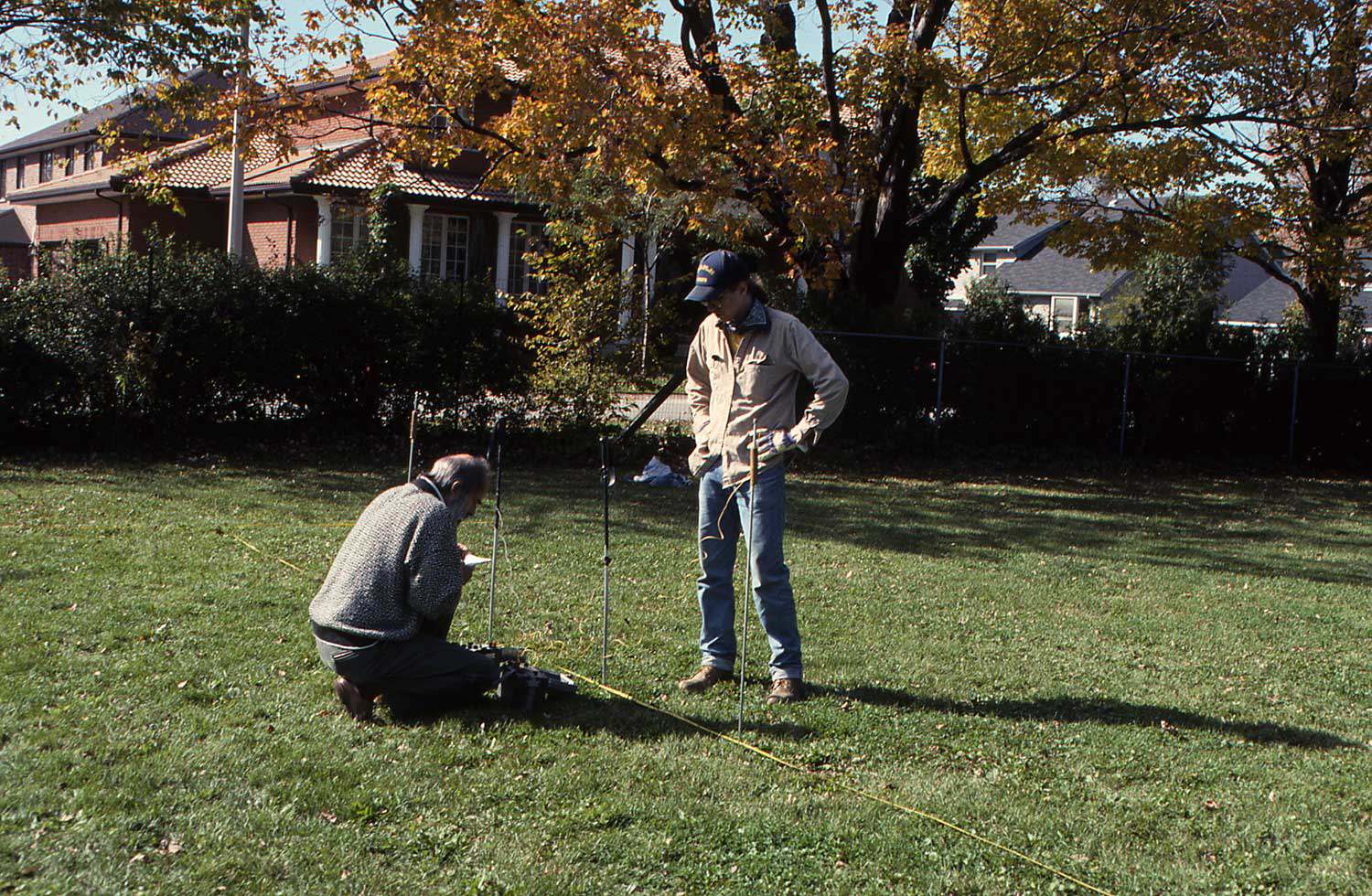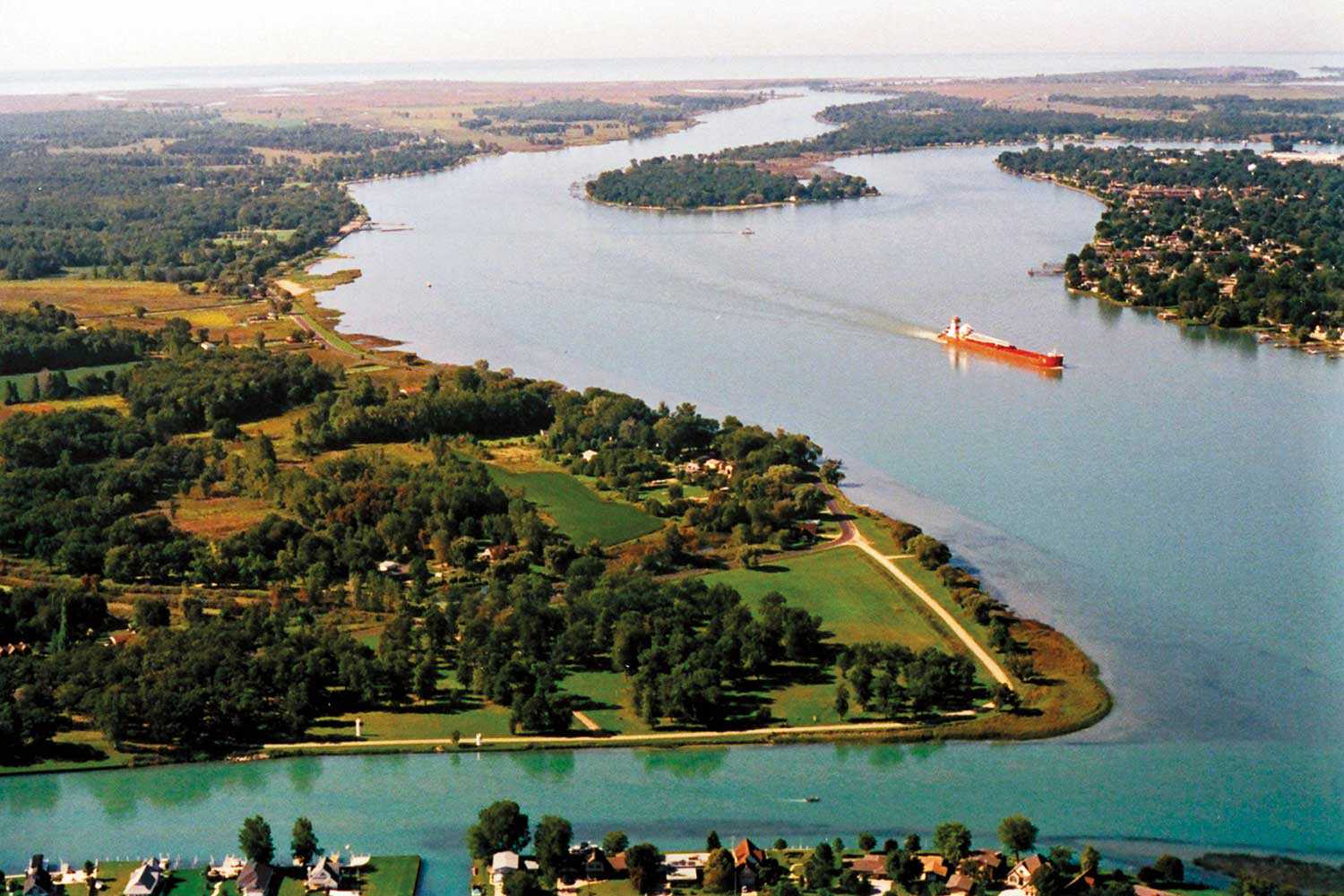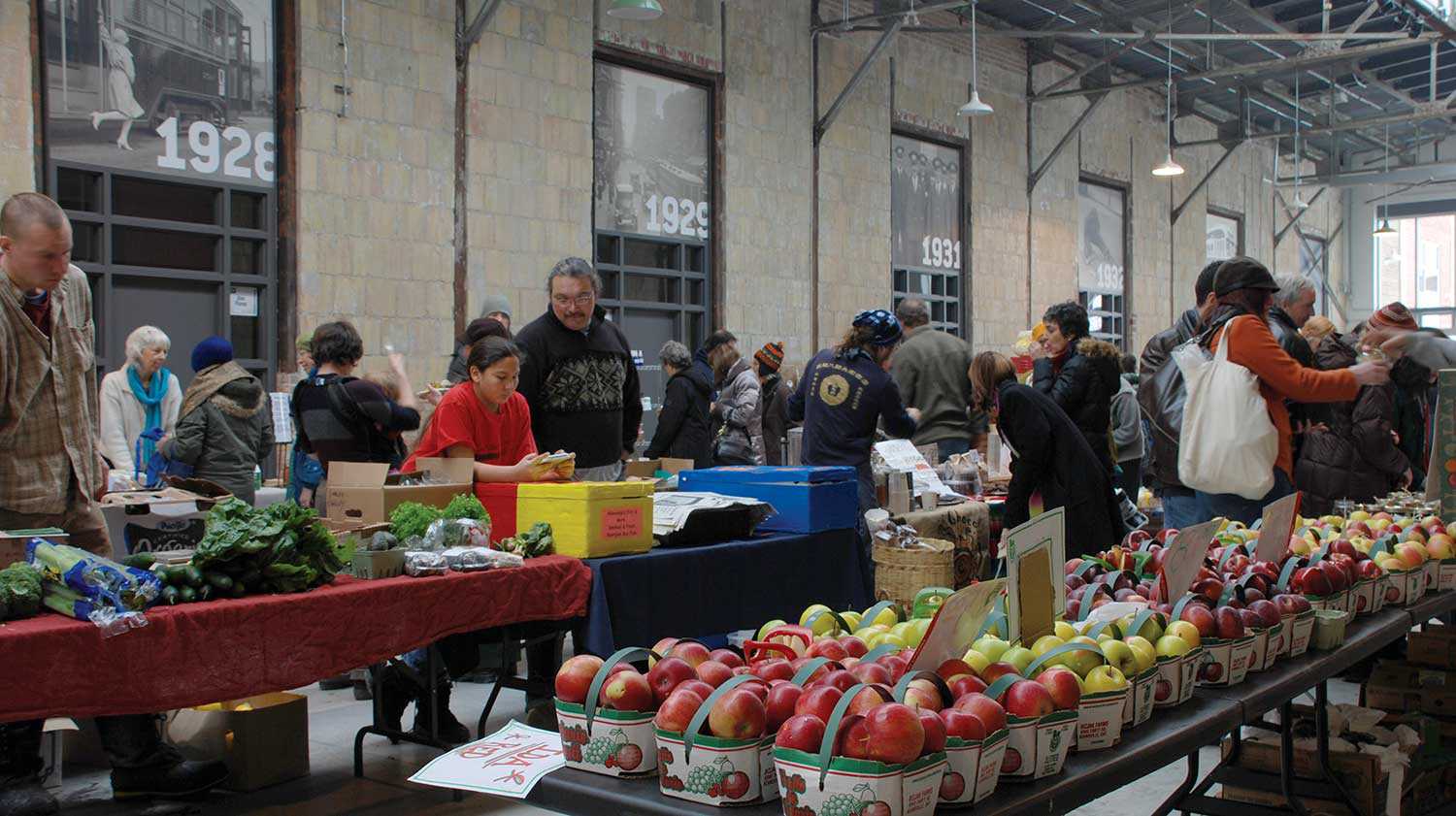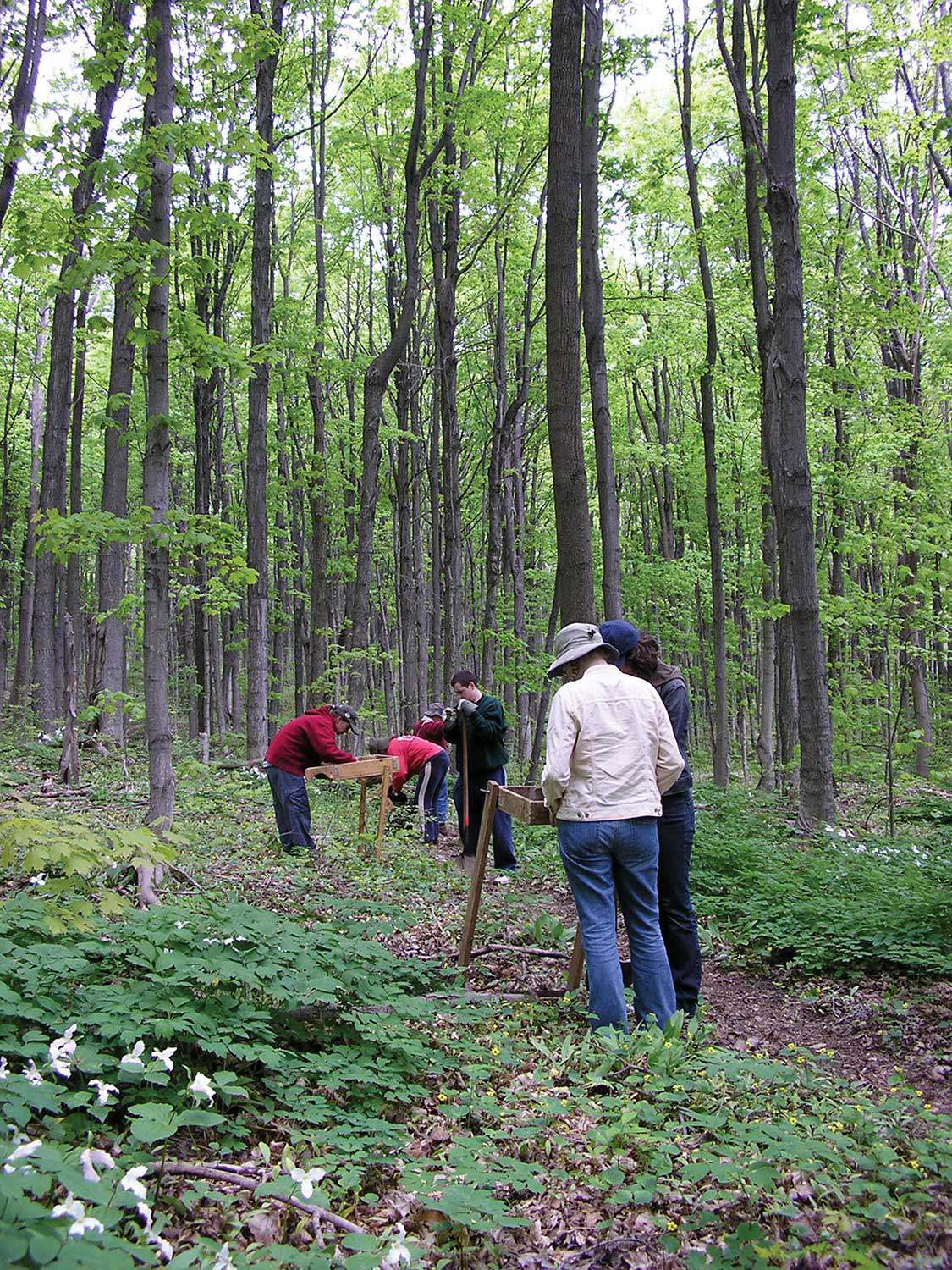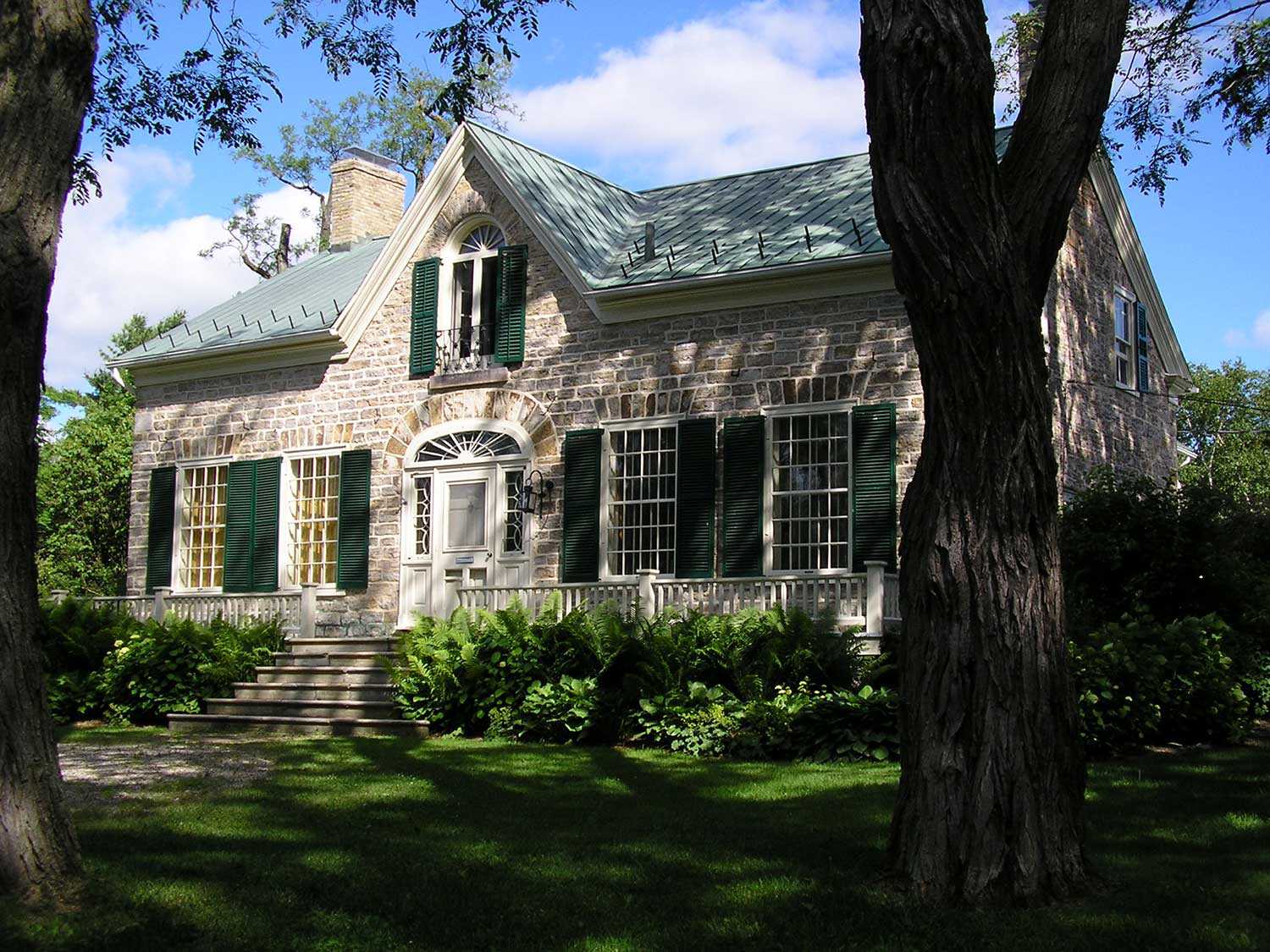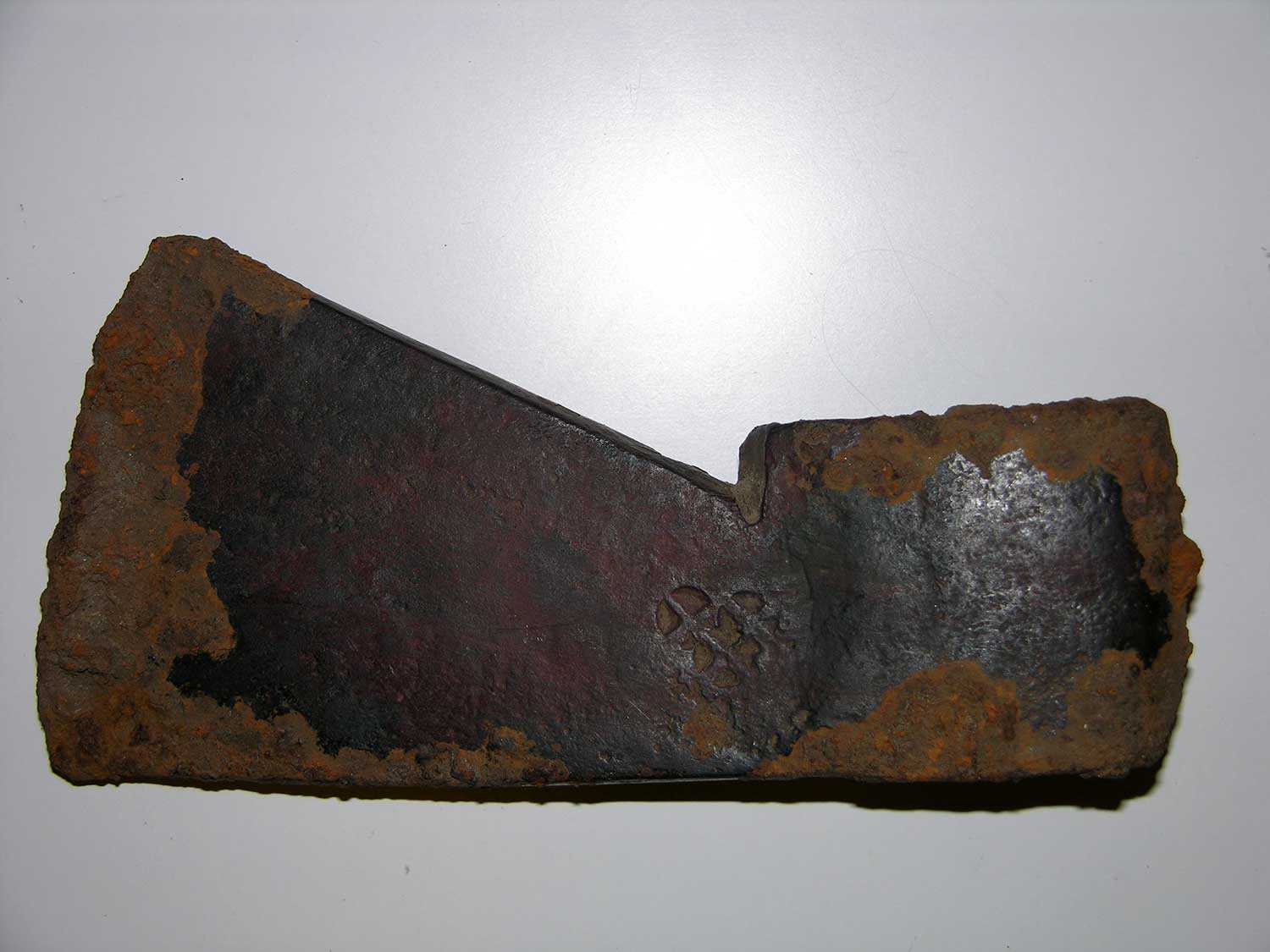

Browse by category
- Adaptive reuse
- Archaeology
- Arts and creativity
- Black heritage
- Buildings and architecture
- Communication
- Community
- Cultural landscapes
- Cultural objects
- Design
- Economics of heritage
- Environment
- Expanding the narrative
- Food
- Francophone heritage
- Indigenous heritage
- Intangible heritage
- Medical heritage
- Military heritage
- MyOntario
- Natural heritage
- Sport heritage
- Tools for conservation
- Women's heritage
The archaeology of southwestern Ontario
Indigenous heritage, Archaeology
Published Date: Feb 11, 2010
Photo: Reconstructed longhouse and palisade at the Lawson site
Southwestern Ontario has an extremely rich and diverse cultural history dating back 11,000 years. We can follow human history and settlement through archaeology in this region. Evidence suggests that nomadic hunters of the Palaeo-Indian period (9000-7000 BC) moved into a tundra-like environment as the last glaciers retreated. Archaeological evidence further indicates that small bands of people followed herds of migrating caribou along the shoreline of glacial Lake Algonquin, from the vicinity of present-day Parkhill to the Collingwood area. Major campsites near Parkhill and Thedford were repeatedly visited over several generations between 11,000 and 10,400 years ago.
The hunters, fishers and foragers of the Archaic period (7500-1000 BC) witnessed a long, gradual change in the environment to modern, temperate forest conditions. All available species of animals, birds and fish were exploited and new technologies, such as fishing and wood-working, emerged. Societal evolution through this period saw the manufacture of ornamental and ceremonial artifacts that were purposefully interred with the dead. The archaeological record of this period includes campsites for both large and small groups of people – and a wide range of special-purpose sites, including: fishing camps, camps located beside chert outcrops (the raw material used to make stone tools) and burial sites.
The traders and potters of the Initial Woodland period (1000 BC-800 AD) developed pottery (ceramic vessels and smoking pipes) and the associated trade networks. Regionally distinct cultural groups can be recognized in the archaeological record for the first time. Near the end of this period, certain groups began experimenting with the cultivation of corn as the climate warmed enough to permit its growth in this region.
The early farmers of the Terminal Woodland period (800-1550 AD) relied increasingly on the cultivation of the “Three Sisters” – corn, beans and squash – and organized themselves into formal palisaded villages. This period saw the emergence of the distinct tribal groupings known from the later historic period as the Neutral, Erie, Huron and Petun. The Lawson Iroquoian village site adjacent to the present-day Museum of Ontario Archaeology in London, and many other Iroquoian villages, were established toward the end of this period.
Contact and conflict were the dominant themes of the Historic Period (1550-1650 AD), when European explorers, missionaries and traders interacted directly with First Nations in what is now Ontario. This period saw the formation of tribal confederacies, such as the Neutral Iroquoian Confederacy in the area around present-day Brantford-Hamilton, and ultimately the dispersal and/or total annihilation of some of Ontario’s First Nations.
The historic period from 1650 AD onward witnessed the re-location into southwestern Ontario of First Nations from other areas (i.e., Algonquian-speaking groups from northern and southeastern Ontario, and the Iroquois from New York State), and the establishment of farmsteads and settlements by the first waves of European-born immigrants. Recent archaeological investigations throughout southwestern Ontario of lands slated for future development have included the excavation of a large number of 19th-century pioneer homesteads, schools, churches, cemeteries and blacksmith shops.
As we sweep through southwestern Ontario – and thousands of years of development – Ontario’s past has left us many indelible clues as to our existence. By studying these artifacts more closely, we are able to paint a more complete picture of the mosaic of our past.
Museum of Ontario Archaeology
Given the rich store of archaeological finds in this part of the province, it is not surprising that the Museum of Ontario Archaeology is located here. The museum, founded by Amos and Wilfrid Jury in 1933 at the University of Western Ontario, changed its name and location several times. But, since 1981, it has been located in northwest London adjacent to the Lawson Iroquoian village site. The museum continues to operate as a research institute affiliated with the university.
The permanent gallery today features large murals illustrating daily life through each of the six major time periods, as well as cases displaying representative artifacts. There is a re-creation of a typical archaeological dig site and a 1920s model of an Iroquoian village at the time of European contact. Temporary and travelling exhibits can also be found in the Feature gallery. Outside, visitors can enter the reconstructed palisade and tour reconstructed longhouses. There are also interpretive signs, seasonal archaeological excavation demonstrations and nature trails.
In addition, the museum offers several educational experiences. Elementary and secondary school classes routinely visit to partake in one of 11 different educational programs geared to school curriculum. Museum staff also offer outreach programs.
The museum hosts special events throughout the year, including an underwater archaeology event in April, the Native Harvest Festival in late September and Christmas in the Longhouse in late November.

